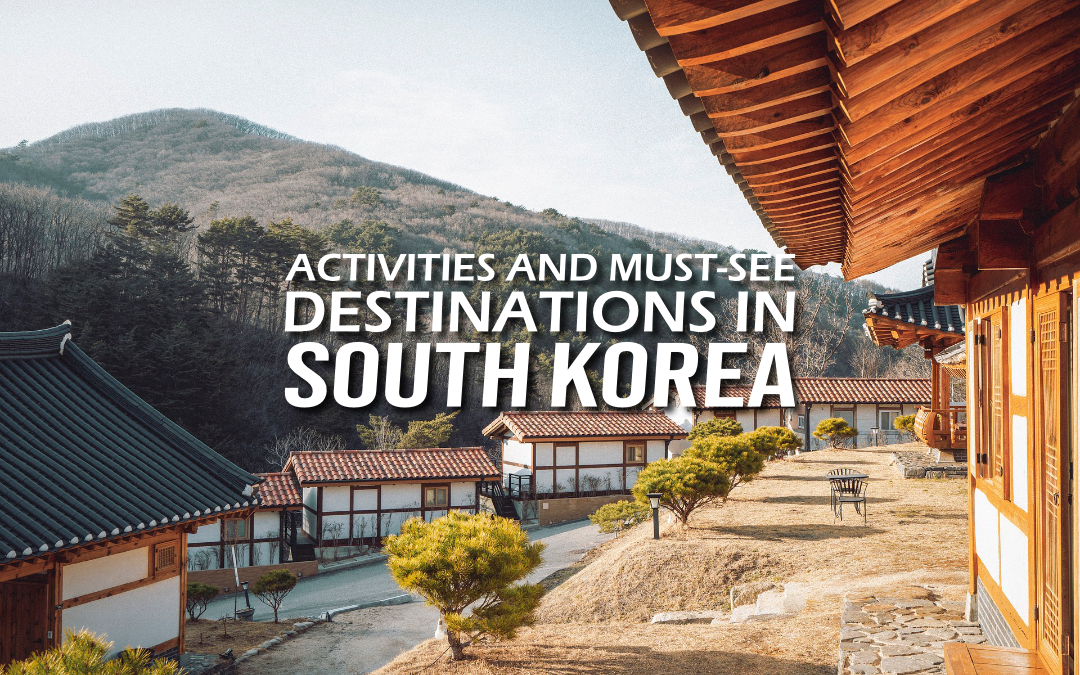
Activities and Must-see Destinations in South Korea
Are you looking for tourist destinations and spots in South Korea? Wondering where to go in Seoul? What places to visit in Busan? Thinking about what to do on Jeju Island? Then you’ve come to the right place! In this article we are going to look at some of the many activities and must-see destinations available to you in your next visit, and build your own South Korea travel itinerary.
Seoul
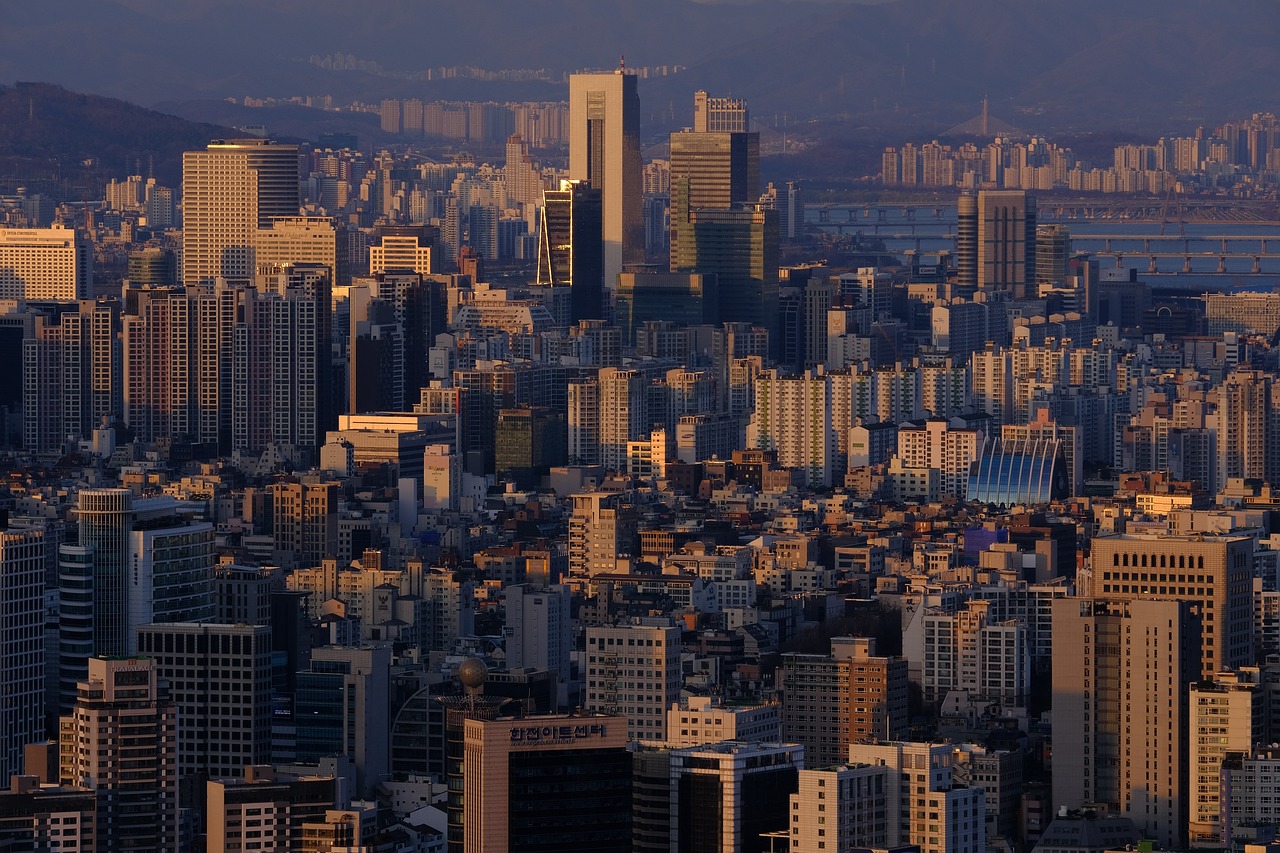
Seoul is the capital and largest city of South Korea. It is in the northwest of South Korea, and most international travelers arrive to Seoul via Incheon International Airport (ICN). Seoul is one of the five leading hosts of global conferences, and is the nation’s hub for music, entertainment and cultural industries, of which K-Pop and the Korean Wave has captured the attention of audiences globally.
Gyeongbokgung Palace
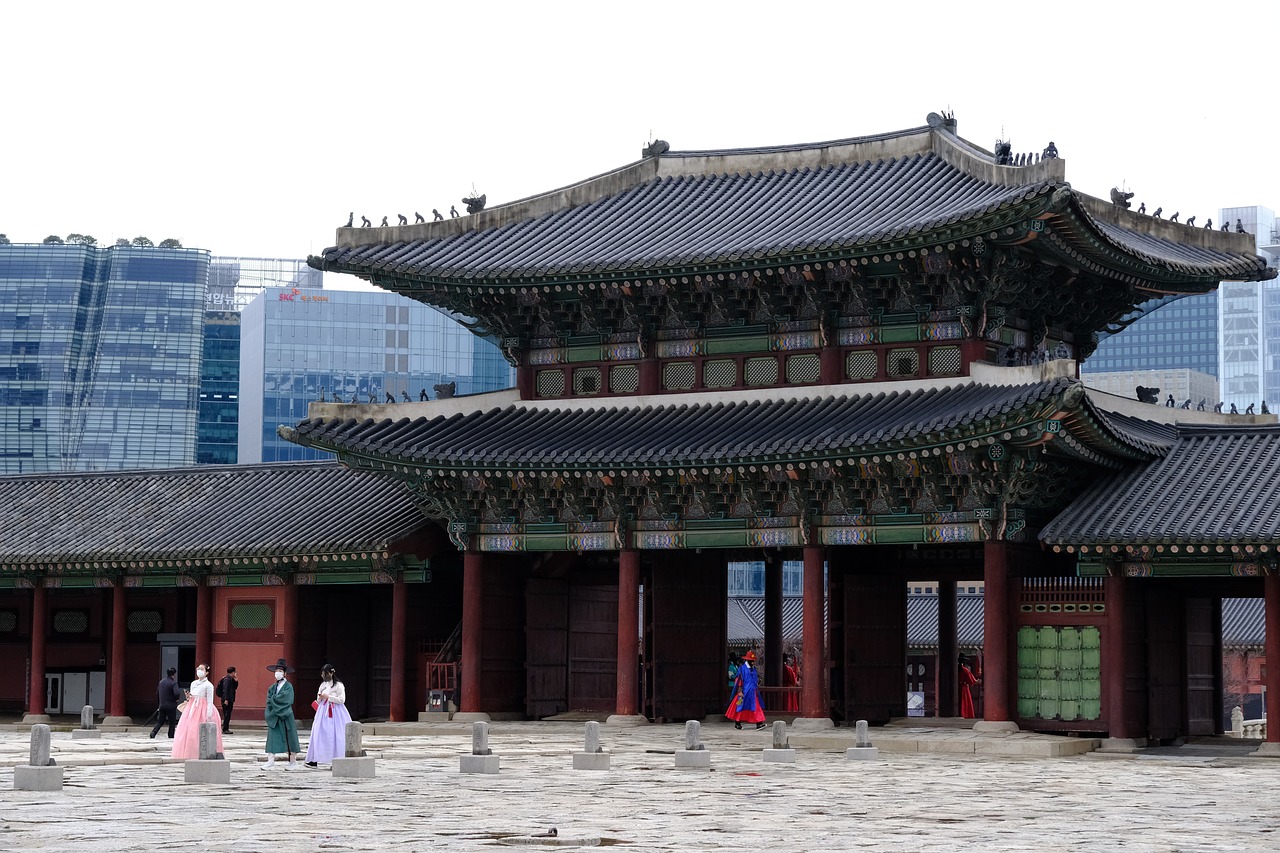
South Korea is home to many historical sites, cultural signposts of the country’s long and rich history. One such place is Gyeongbokgung Palace, meaning “palace greatly blessed by heaven”. Dating back to 1395 when the Joseon dynasty began, it was built in the heart of Seoul surrounded by Mount Bugaksan and Mount Namsan. It is a great place to witness traditional Korean royal architecture, as it was the home of the Joseon dynasty’s royal family and the seat of government. The National Palace Museum – housing over 40,000 artifacts and royal treasures from the palaces of the Josen period and the Korean Empire - and the National Folk Museum – housing replicas of historical objects to illustrate the history and traditional life of the Korean people – may also be found within the premises of Gyeongbokgung.
Korean Ginseng Center
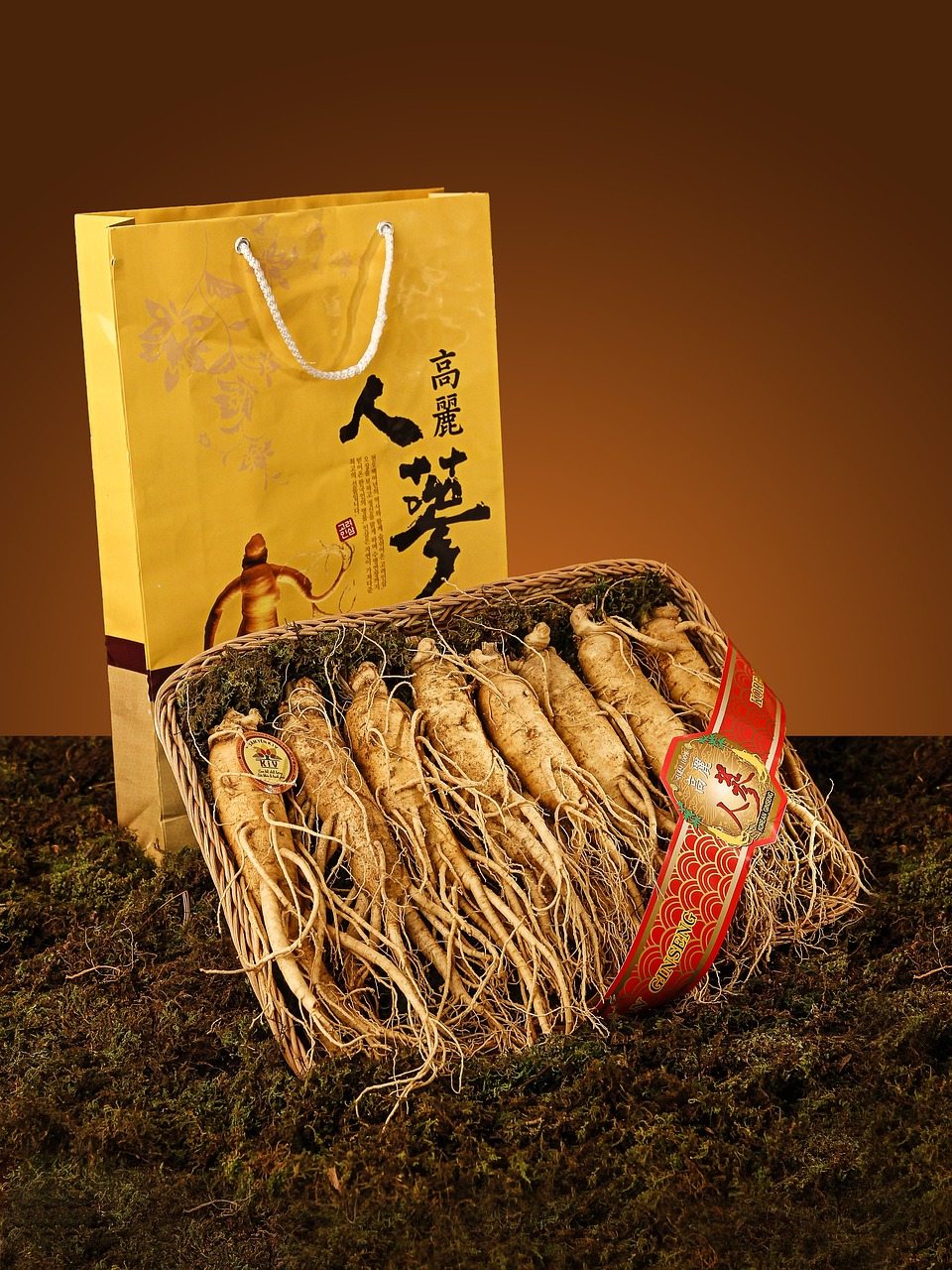
Ginseng is a traditional herb used for medicinal purposes in Korea and other East Asian countries like Japan, Taiwan, and China. Korean Ginseng has been used as an immune system boost, and to help fight diabetes, improve cognitive function, blood flow, and treat male erectile dysfunction. Tourists will be able to shop for various ginseng products made with the highest quality ingredients from Korea at the Korean Ginseng Center.
Bokchun Hanok Village
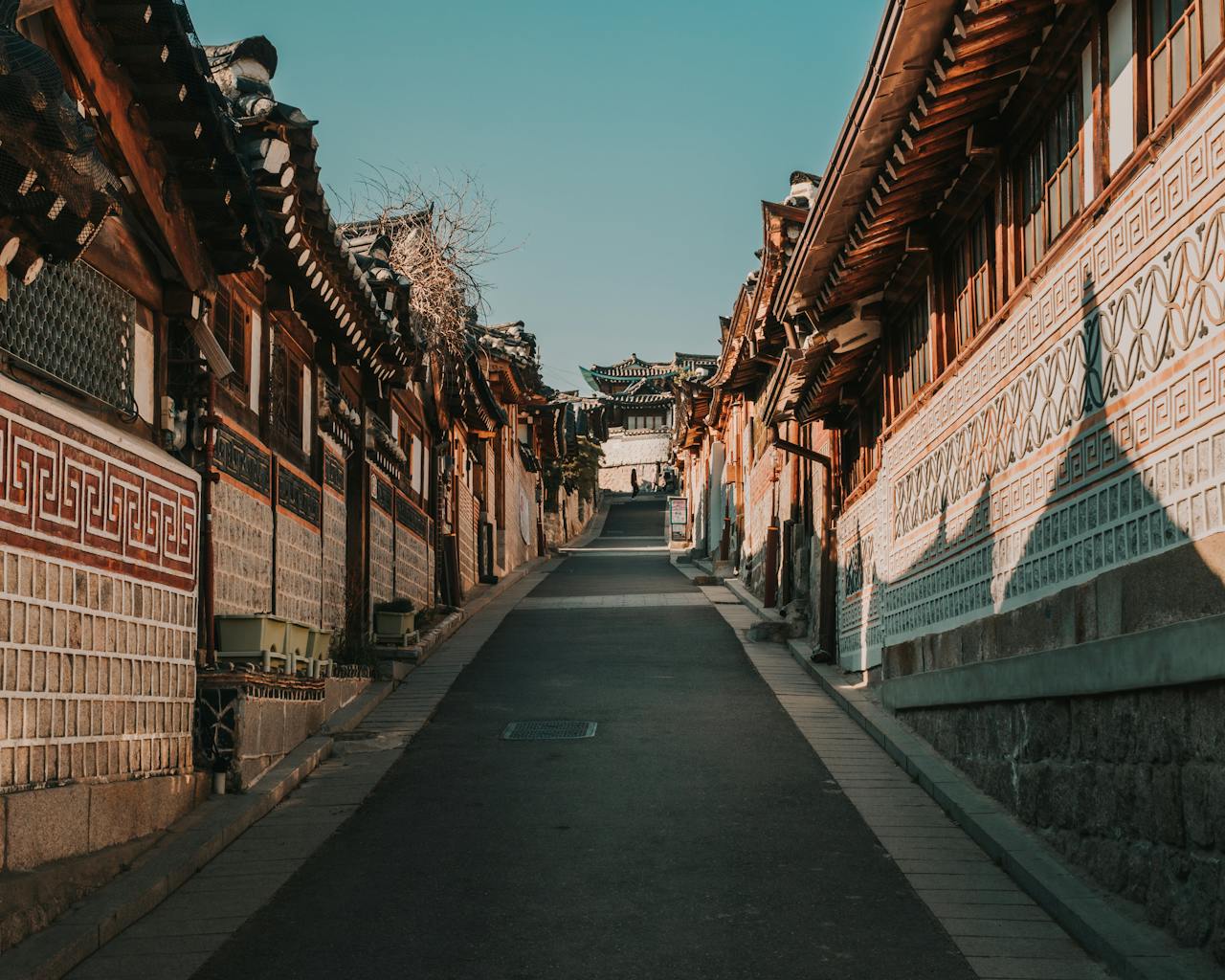
Bokchun is a popular tourist destination in South Korea that gets part of its name from traditional Korean houses called hanok, which were first designed and built in the 14th century during the Joseon dynasty. At Bokchun Hanok Village many of these restored traditional houses can be found, and it is a good spot to visit if you would like to witness traditional Korean architecture. 6.4 million tourists visited the area in 2024 alone.
Insadong Antique Street
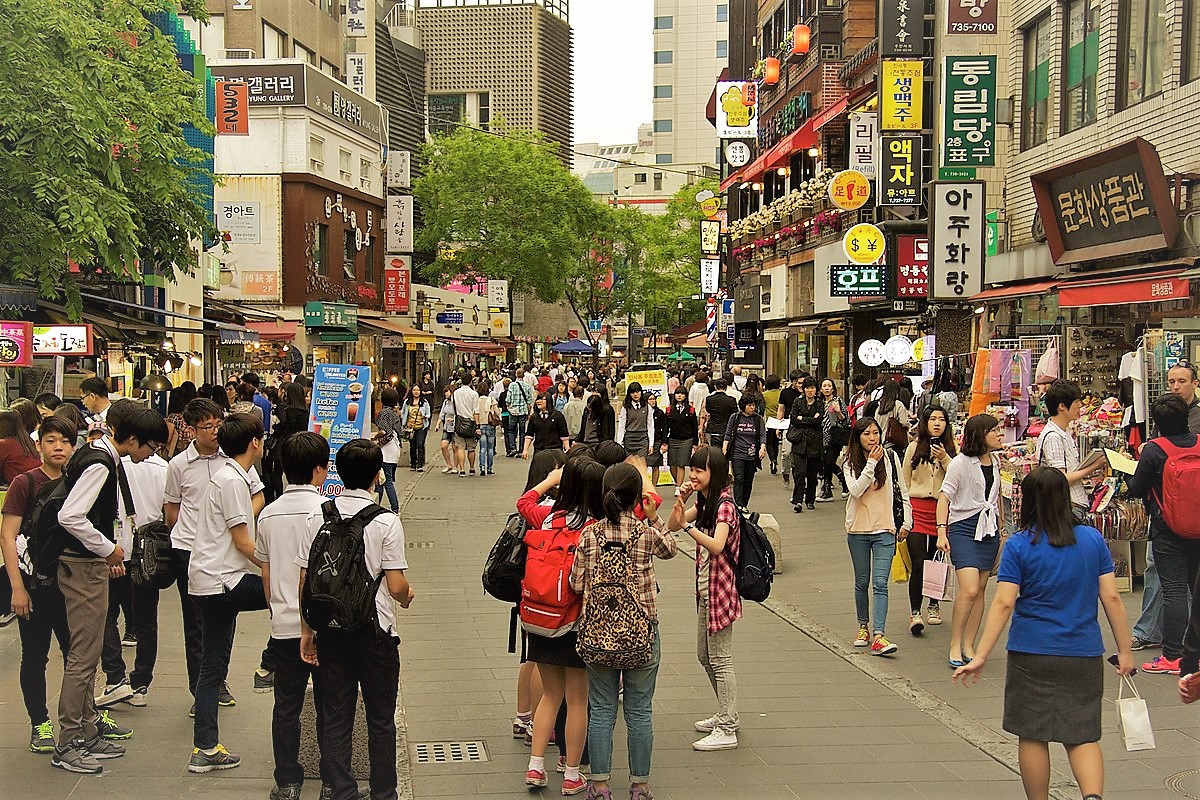
Insadong Street is famous for Korean traditional culture and in it, tourists can explore over 70 shops selling antique art. Examples of traditional Korean art include: the tal masks historically used either in religious rituals to ward off evil spirits, or artistically in traditional dances and theater shows; artisanal Korean stone seal carvings; Korean calligraphy scrolls; and more! If you are in the mood for trying a variety of both contemporary and traditional Korean food, then Insadong Street is also a very good destination for you.
Seoul N Tower and Love Lock Wall
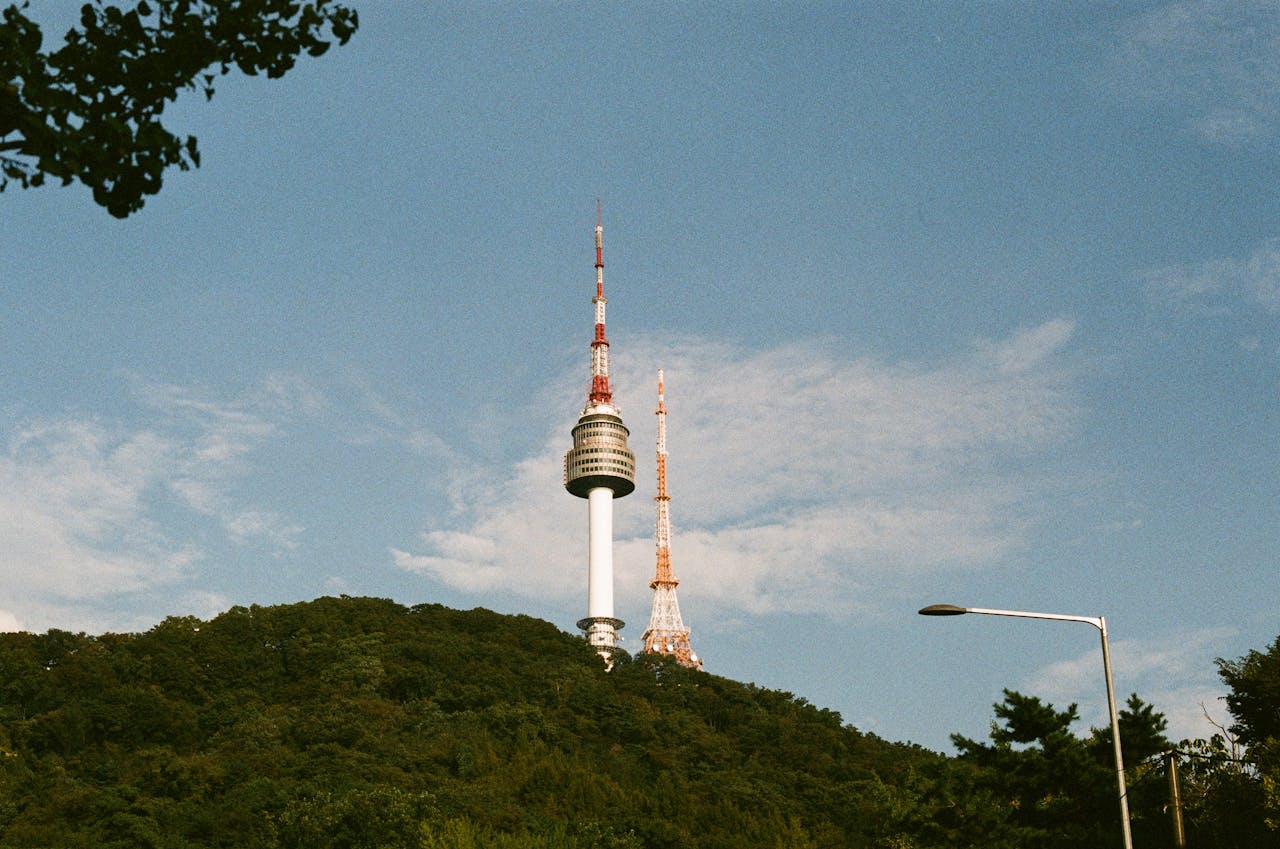
Seoul N Tower (officially the YTN Seoul Tower, and also known as the Namsan Tower) is considered a local landmark and marks the second highest point in Seoul. It is a communication and observation tower built in 1969, providing TV and radio broadcasting in Seoul and is South Korea’s first general radio wave tower. Currently, the tower broadcasts signals for Korean media outlets, such as KBS, MBC, and SBS.
The Love Lock Wall or “Locks of Love” is a popular location for people to hang locks that symbolize eternal love, and many such places can be found all over the world. One such wall is located on the 2nd floor of the N Plaza, at the roof terrace of Seoul N Tower.
Seongsu Dong Café Street
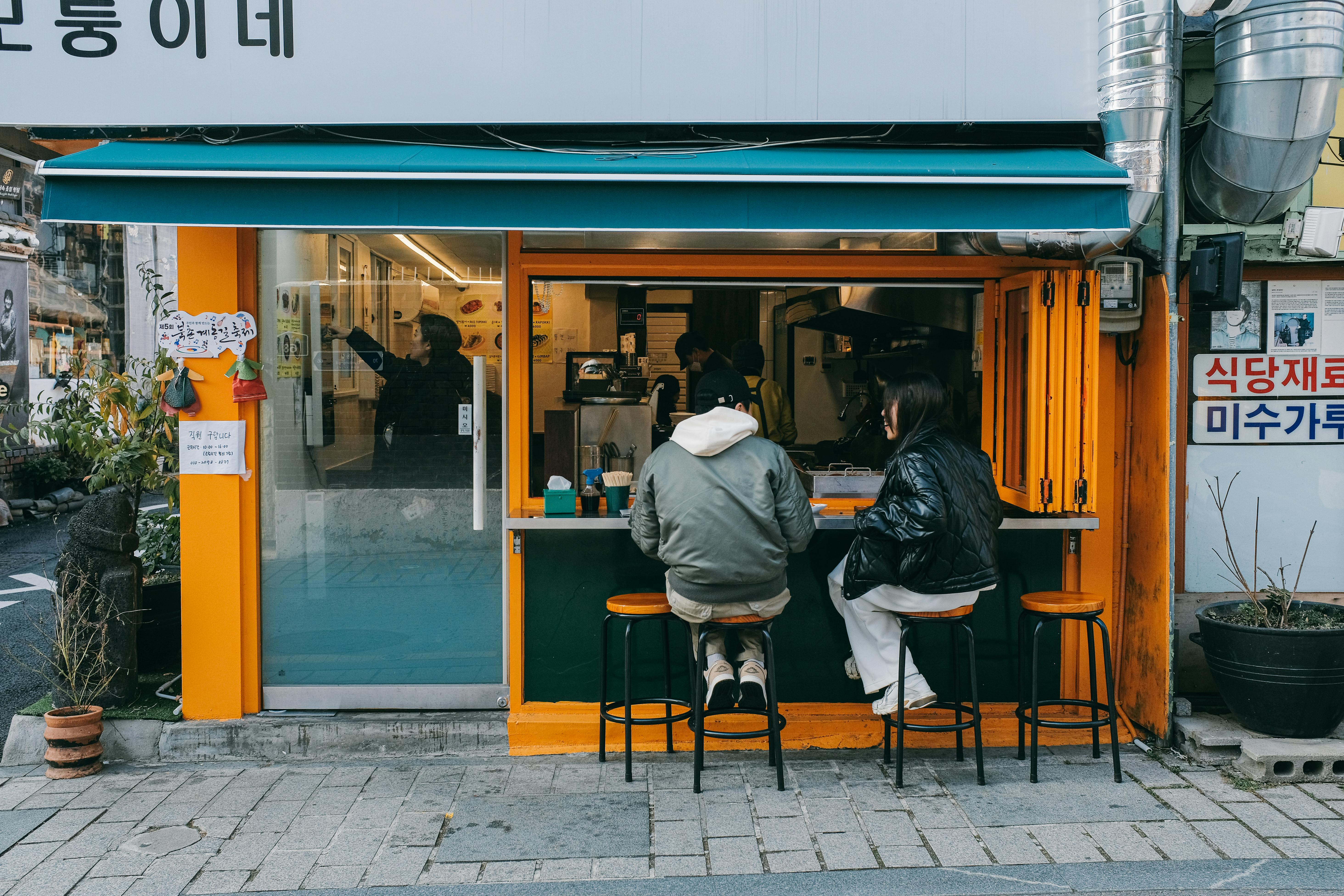
Visit the hippest neighborhood in Seoul, Seongsu Dong Café Street, home to cafes, bakeries, restaurants, and cultural complexes that are open everyday to visitors. Warehouse-style cafes with an industrial touch are popular in Seongsu Dong, and some places also feature art galleries and fashion shows and exhibits.
Lotte World Adventure
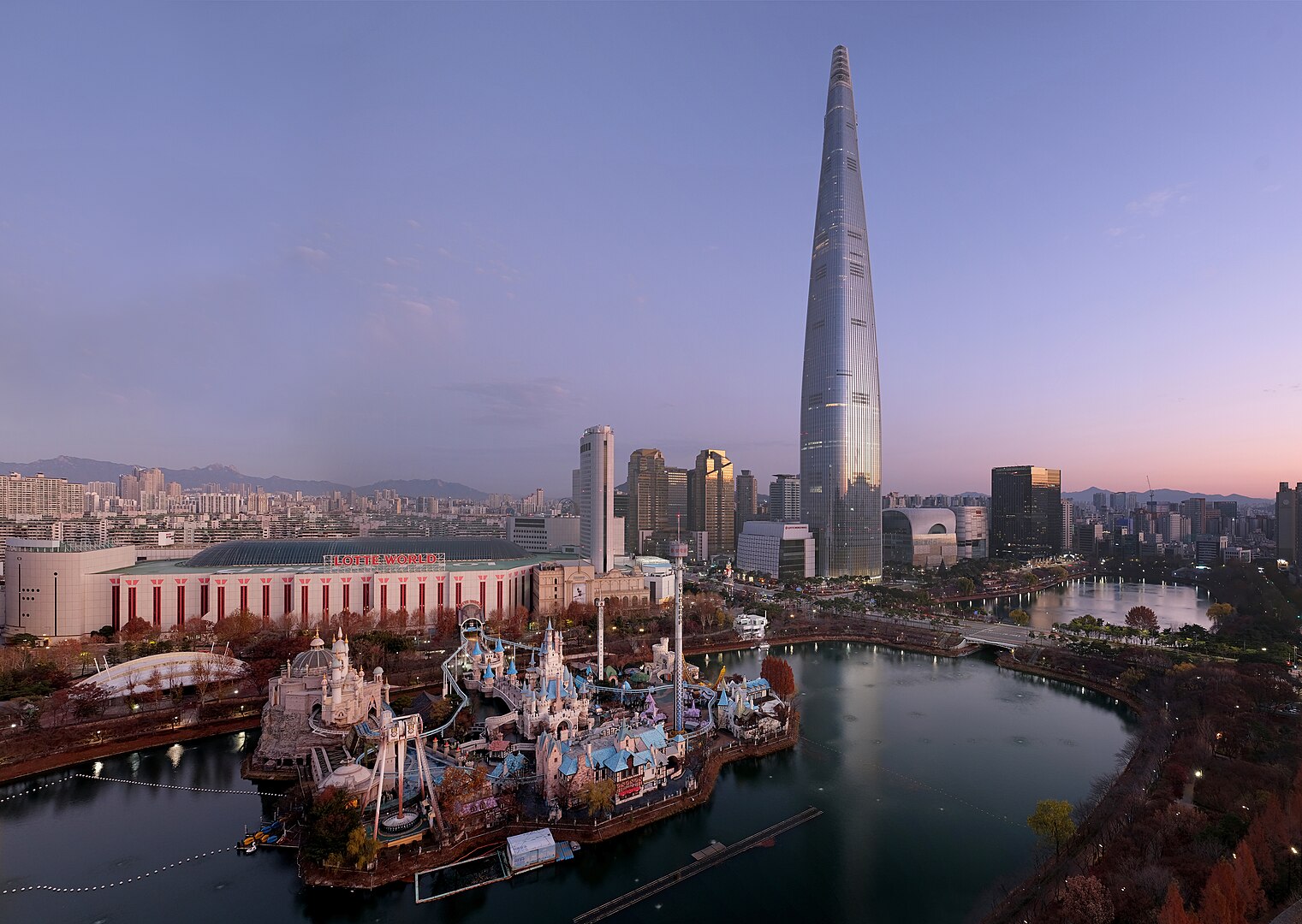
Lotte World or Lotte World Adventure, dubbed by some as the Disneyland of Korea, is a large theme park in Seoul. It is open throughout the year without any holiday closings and operates from 10 AM to 9 PM. Lotte World Adventure features over 40 attractions that are sure to be a hit with friends and family. Some of the attractions found in Lotte World Adventure include Kartrider Racing World (kart racing), Belly’s Mystery Mansion (escape room), Atlantis (rollercoaster and flume ride), Moonboat, Bumper Cars, and more!
Starfield Library & COEX Shopping Mall
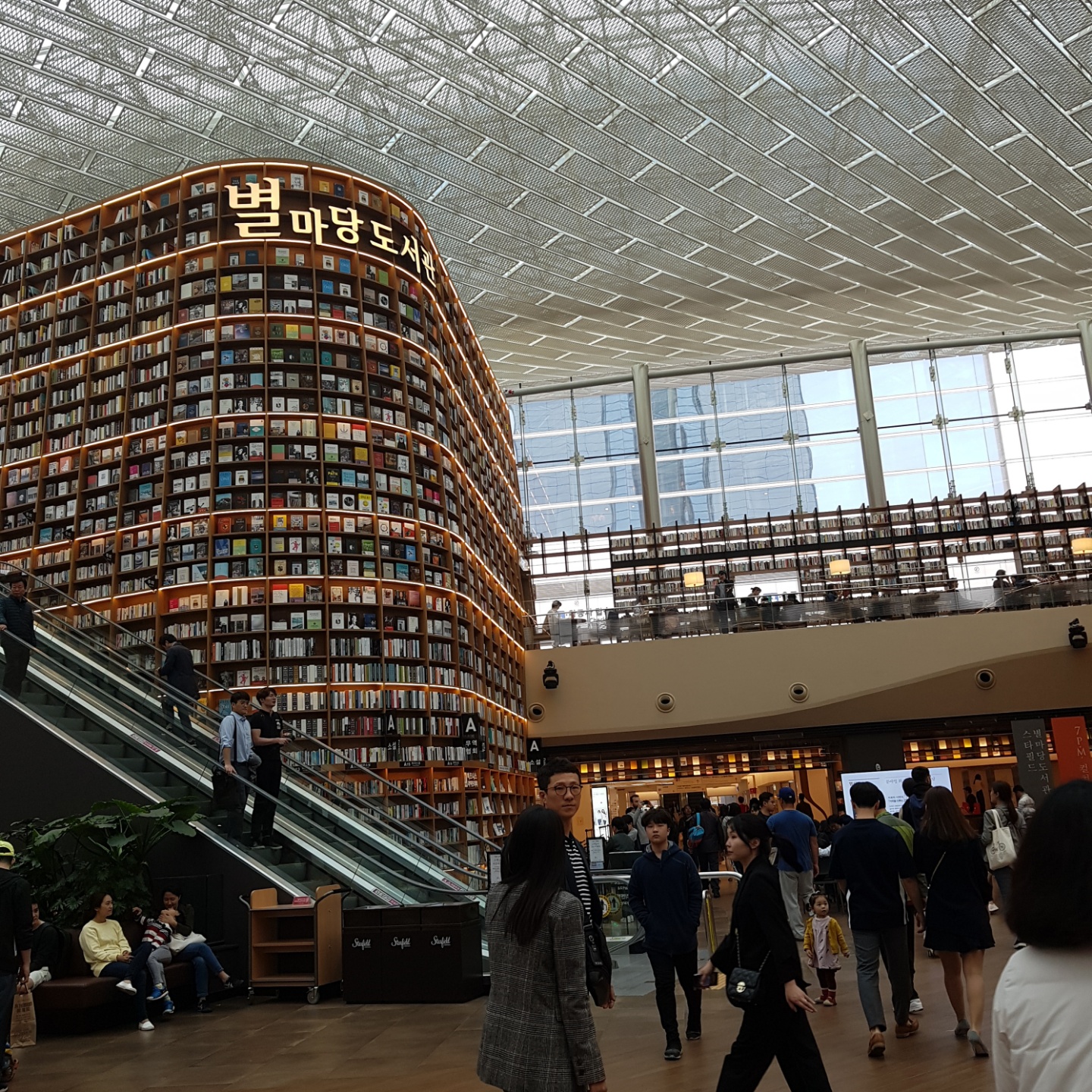
Starfield Library is a big open space in the center of COEX Mall, where visitors can find thousands of books of various genres such as humanities, economics, hobbies, etc. as well as magazines both domestic and foreign. Sections may also be found dedicated to famous authors, and iPads are available for viewing e-books. Events are also held at Starfield Library, such as author meets, book talks, poetry reading, and more. Best of all, there is no entrance fee to get into the library!
Starfield COEX Shopping Mall is the largest underground shopping mall in the world, featuring the COEX Aquarium (where visitors can even see a large number of sharks), the Starfield Library, COEX City Airport Terminal, Seven Luck Casino, exhibitions and installations at COEX Convention, beautiful public art displays, and of course the various shops and restaurants.
Myeongdong Shopping Street
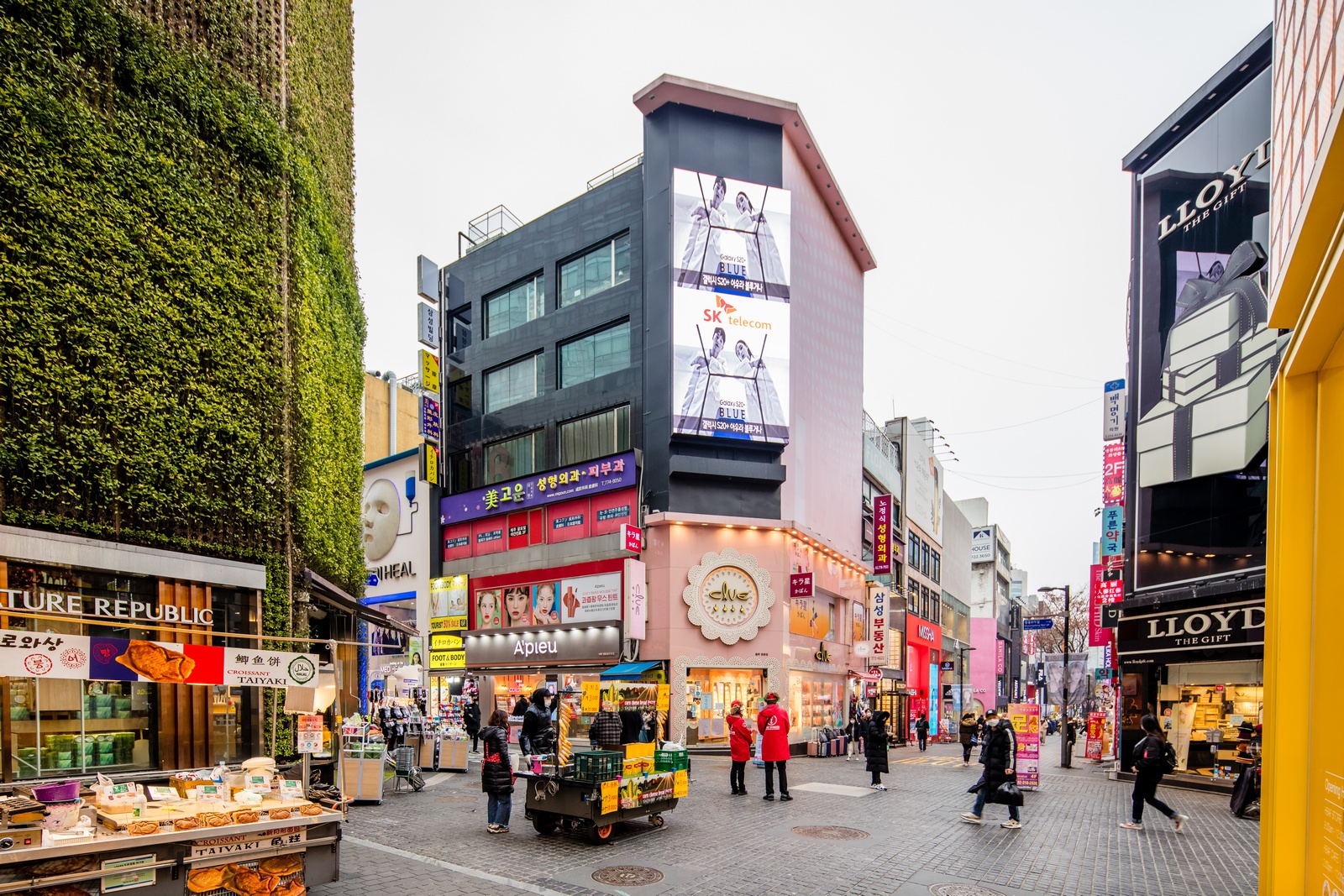
Myeongdeong Shopping Street is famous in Korea as THE place to go for all your shopping and fashion needs, and visitors can enjoy a pedestrian-friendly and car-free environment. A great assortment of brands, both local and international, line the streets of Myeongdeong, and you are able to shop for cosmetics, clothes, shoes, accessories and more. Besides shopping, there are also street food stalls, restaurants and cafes to be found at Myeongdong Shopping Street.
Another must-see at Myeongdong is NANTA, Korea’s longest running and award-winning show and a comedy incorporating traditional Korean percussion rhythm and music. The performances are almost completely non-verbal, and showcases magic tricks, pantomime, acrobatics, as well as audience participation!
Chuncheon
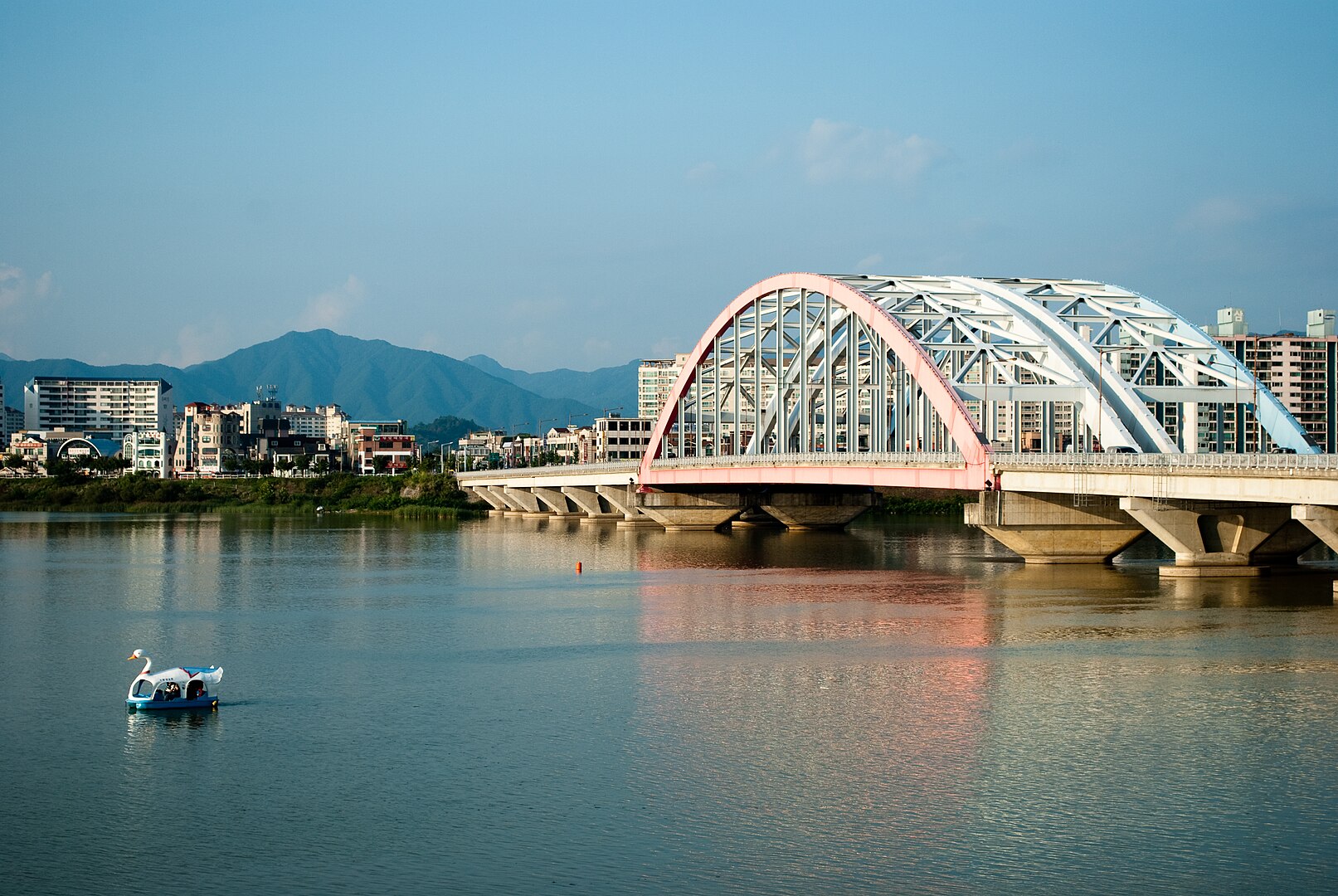
Chuncheon, located in the north of South Korea, is a popular destination for tourists due to being featured in the popular Korean drama, “Winter Sonata”. Notable events that take place in Chuncheon are its Puppet Festival, the International Animation Festival, as well as a Makguksu Festival celebrating a cold noodle dish that originated in the city and famous throughout the country.
Nami Island
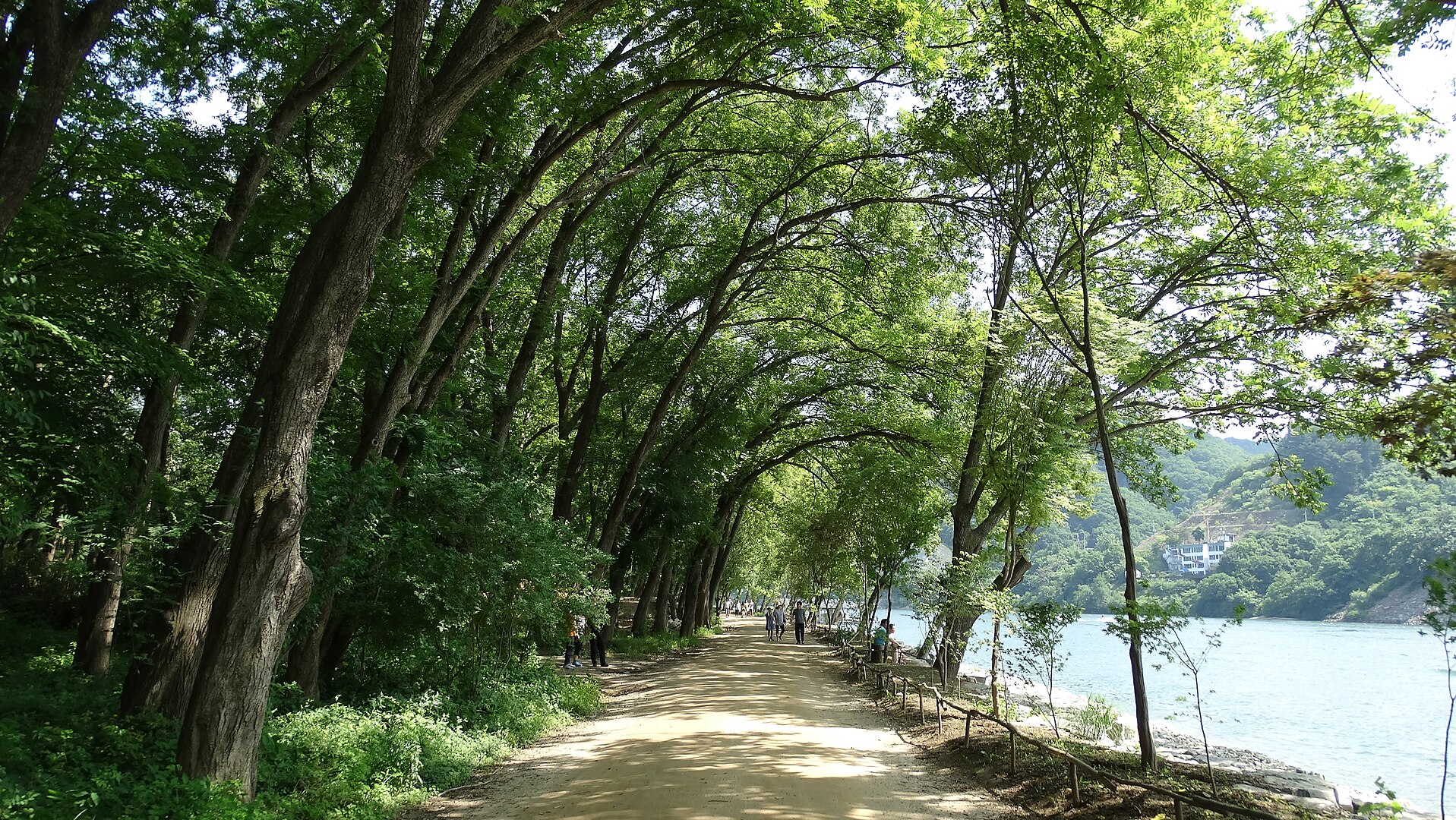
Nami Island is a beautiful location right in the middle of the Han River in Chuncheon, South Korea. It is popular with tourists and famous for its natural landscapes, cultural attractions, and recreational activities. Nami Island is beautiful to witness at any season of the year, be it Spring, Summer, Winter or Autumn, with iconic spots like the Central Korean Pine Tree Lane, Ginkgo Tree Lane, Metasequoia Lane (one of Nami Island’s most iconic and photographed spots), Riverside Paths, and Gonsaengwon Garden where the Winter Sonata Statue is found (a statue of the main characters from “Winter Sonata”).
Elysian Gangchon Ski Resort
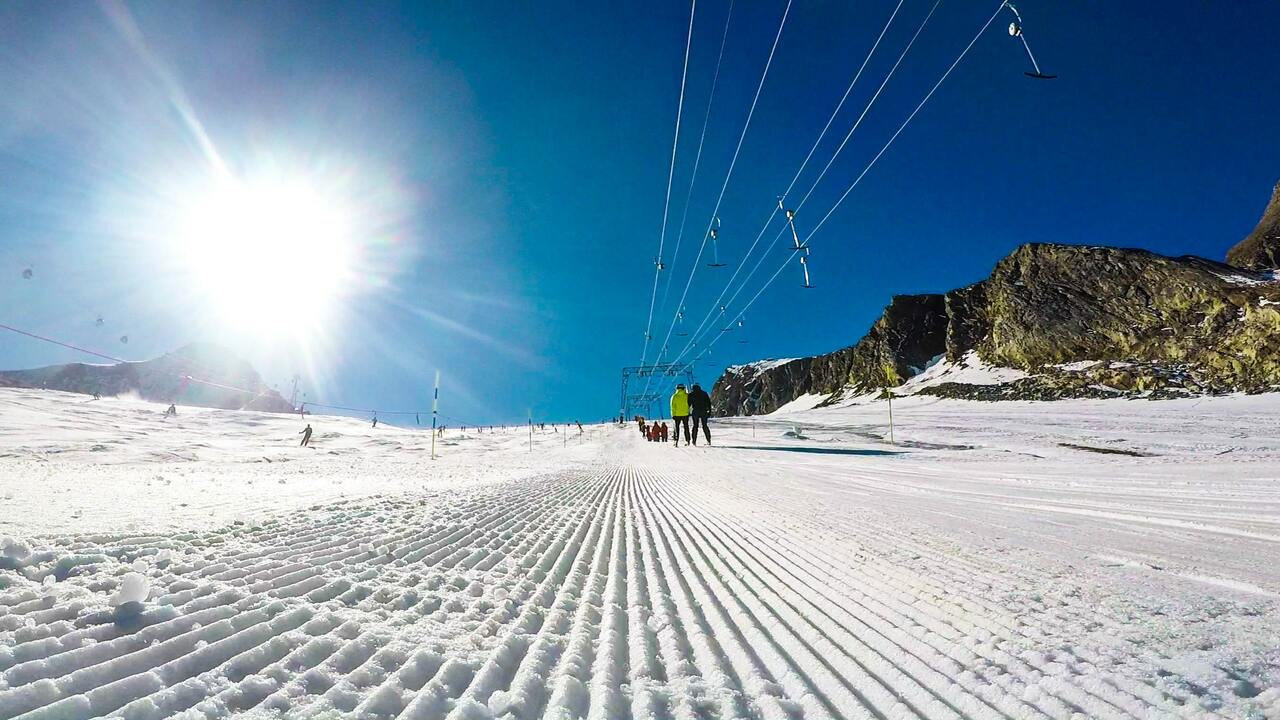
Enjoy winter activities at Elysian Gangchon Ski Resort, convenient and easily accessible from Seoul via an excellent metro train connection. It is a modestly sized ski resort, good for beginners and those transitioning to intermediate in their skiing skills. Despite being relatively small, the runs and layout are well-designed and mix up the experience for those partaking in the skiing activities.
Hwacheon-Gun
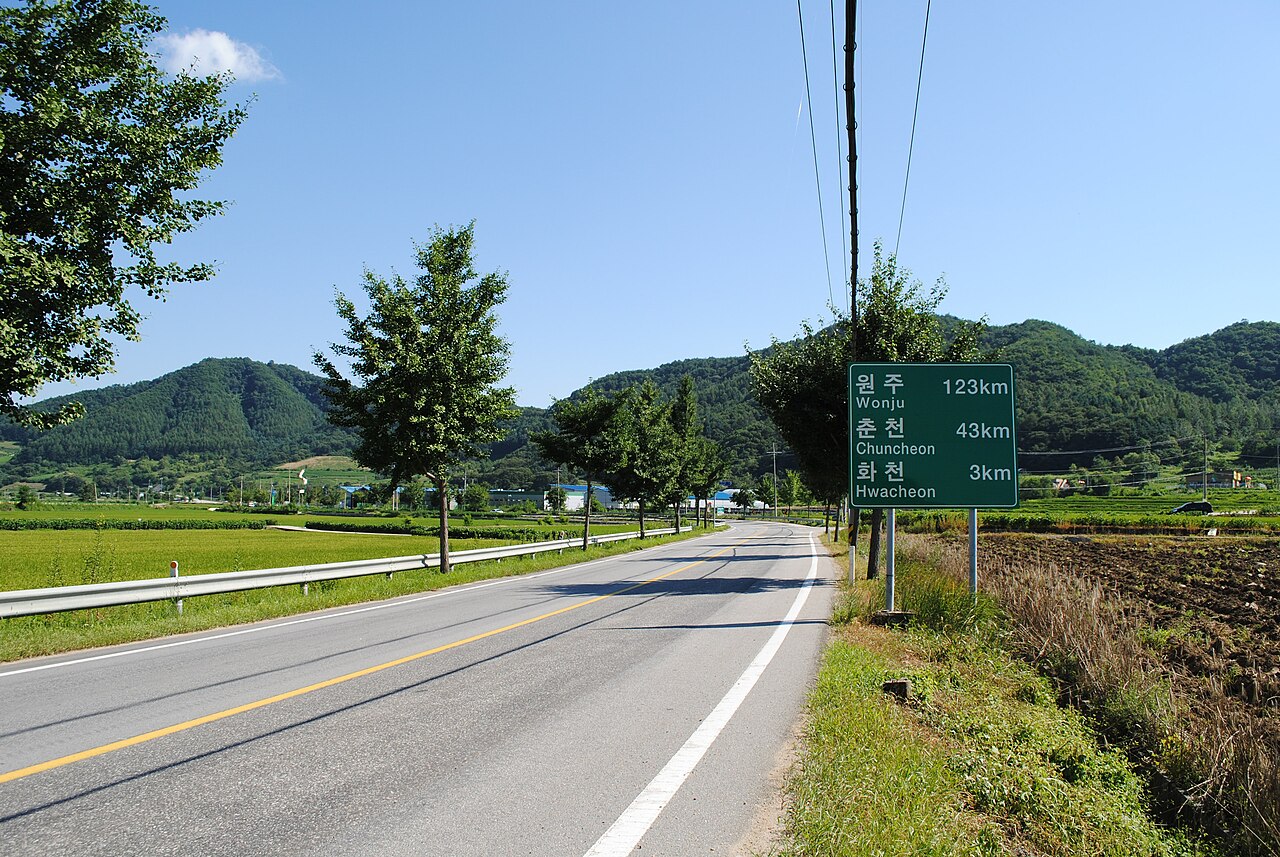
Hwacheon is a county located in the north of South Korea, with some places of its northern border being within nine kilometers of the Korean Demilitarized Zone. It is made up mostly of mountains and rivers, small farming communities, military bases, and military training grounds. Because Hwacheon is in South Korea’s coldest region, it is home to the Hwacheon Sancheoneo Ice Festival.
Hwacheon Sancheoneo Ice Festival
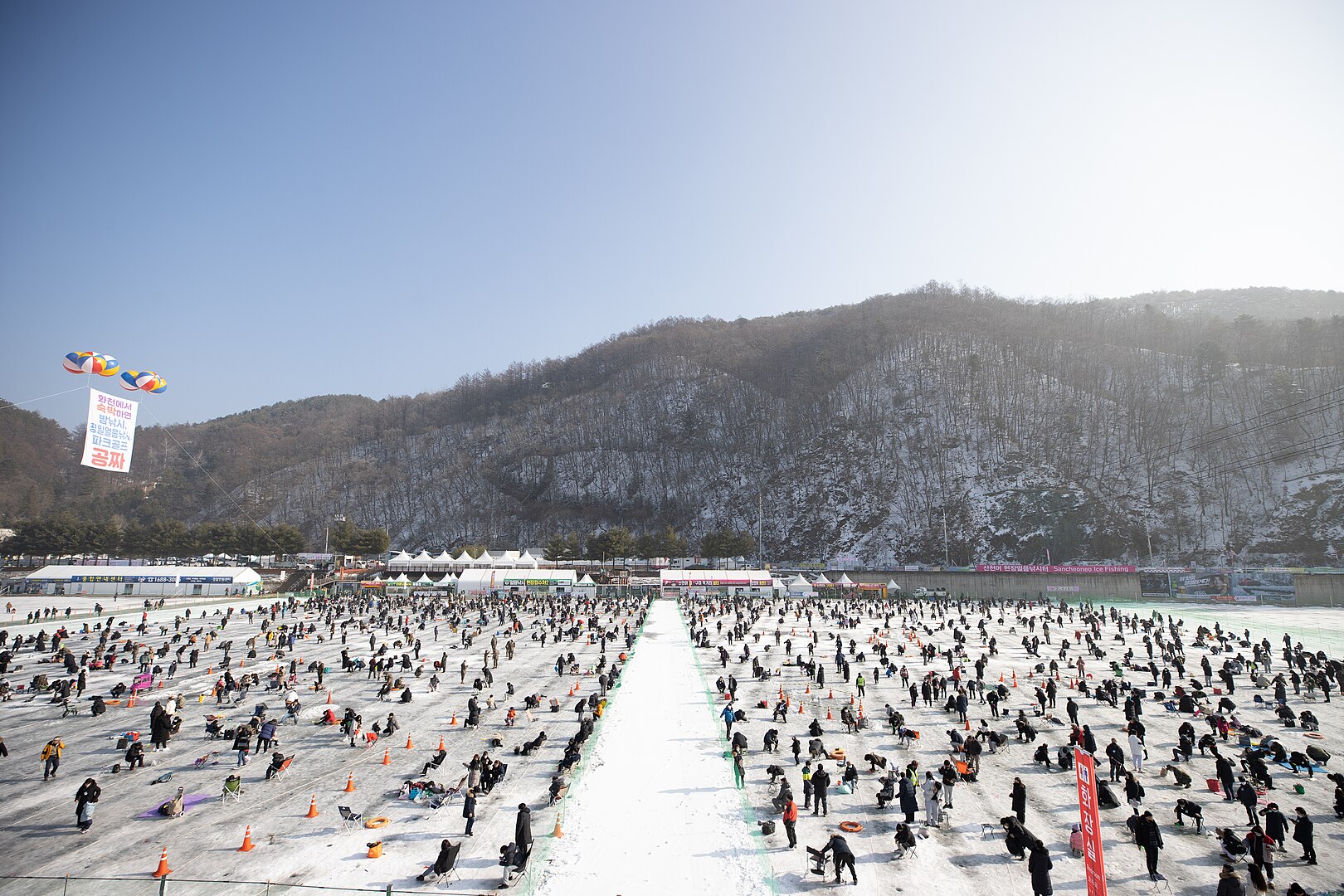
Taking place yearly every January to mid-February in Hwacheon county, Hwacheon Sancheoneo Ice Festival is the ultimate winter festival destination in South Korea. Among the activities during the festival ice fishing (being the festival’s main event, and only possible when the stream gets frozen to at least 2 meters thick), ice soccer, sledding down slopes, and more!
Busan
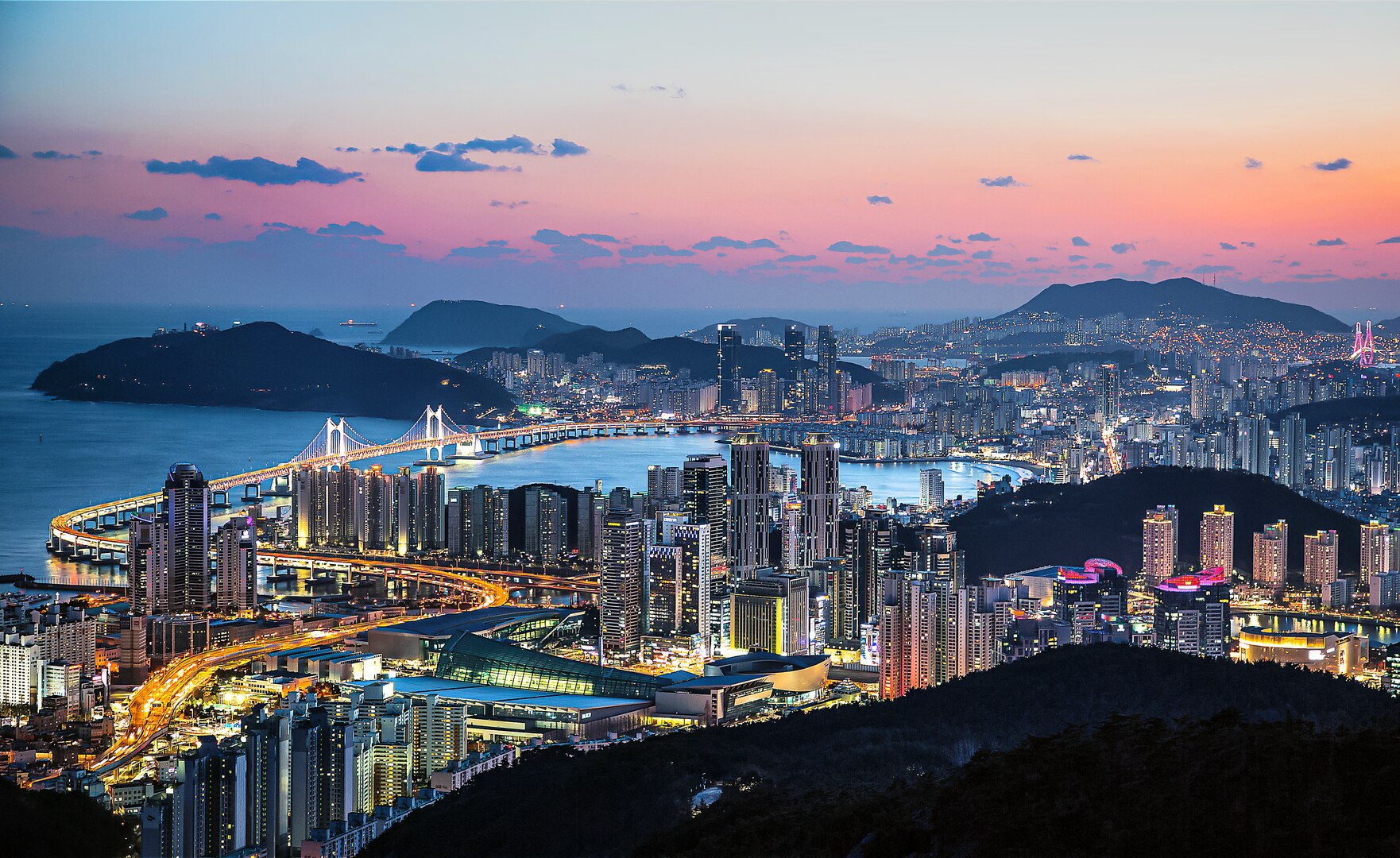
Busan or Pusan is the second most populous city in South Korea, only behind the capital Seoul, and located at the southeastern tip of the Korean peninsula. In December 2014, Busan was added to the UNESCO Creative Cities Network as a “City of Film”, with the Busan International Film Festival being termed the “Cannes of Asia”, and the name of the city became much more known globally after the hit success of the 2016 South Korean action horror film, “Train to Busan”.
Haedong Yonggungsa Temple
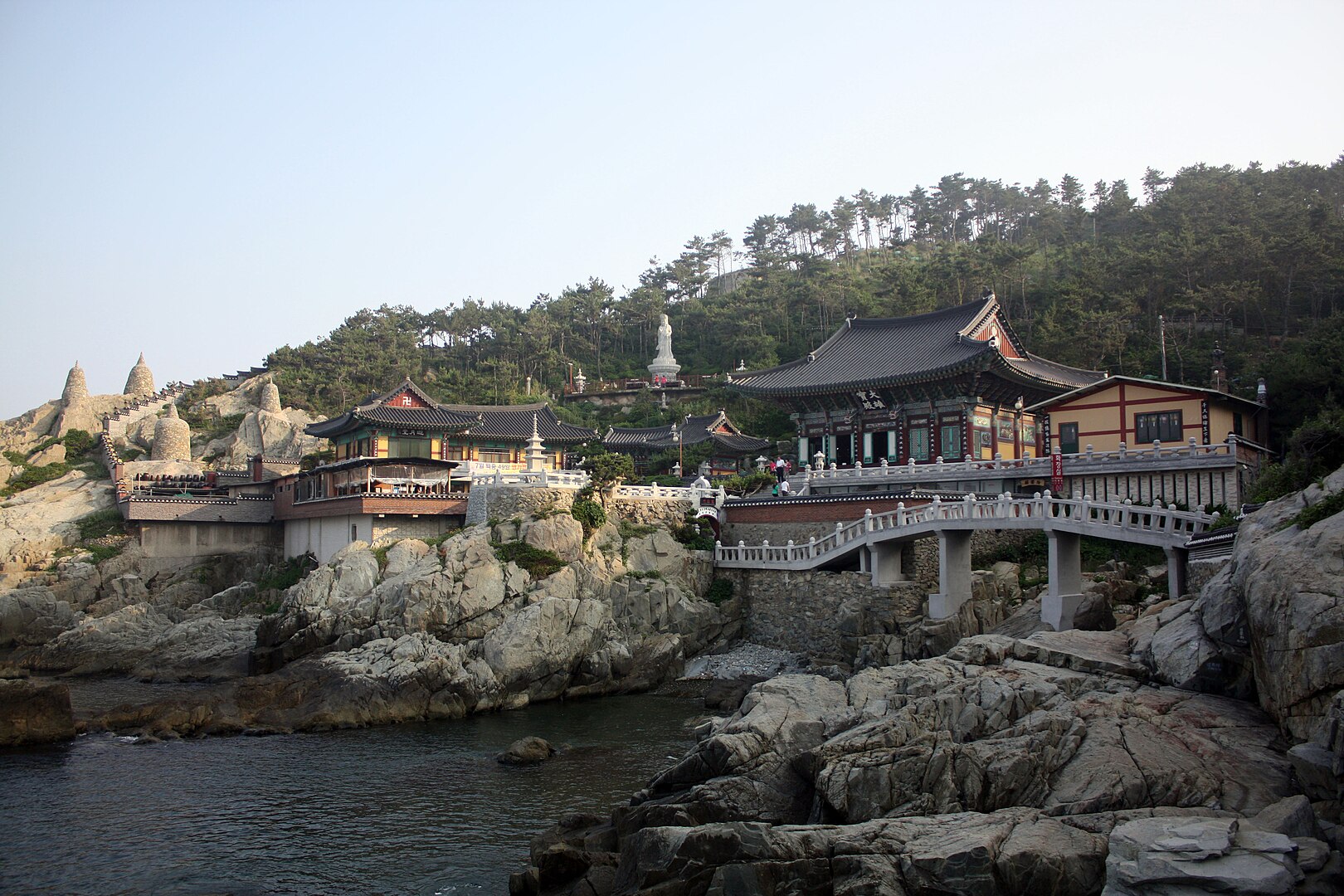
While most Korean temples are located in the mountains, Haedong Yonggungsa Temple is a rarity in that it is one of the few South Korean temples situated on the seashore, and one of three sacred places related to the Goddess of Buddha in South Korea, with its motto being “at least one of your wishes will be answered here through sincere prayers”. The temple was first built in 1376 by the great Buddhist teacher known as Naong during the Goryeo dynasty. There are various attractions nearby such as Skyline Luge Busan, Lotte World Adventure Busan, and Sirangdae, many of which are less than a 10 minute drive from the temple.
Dalmajigil Café Street
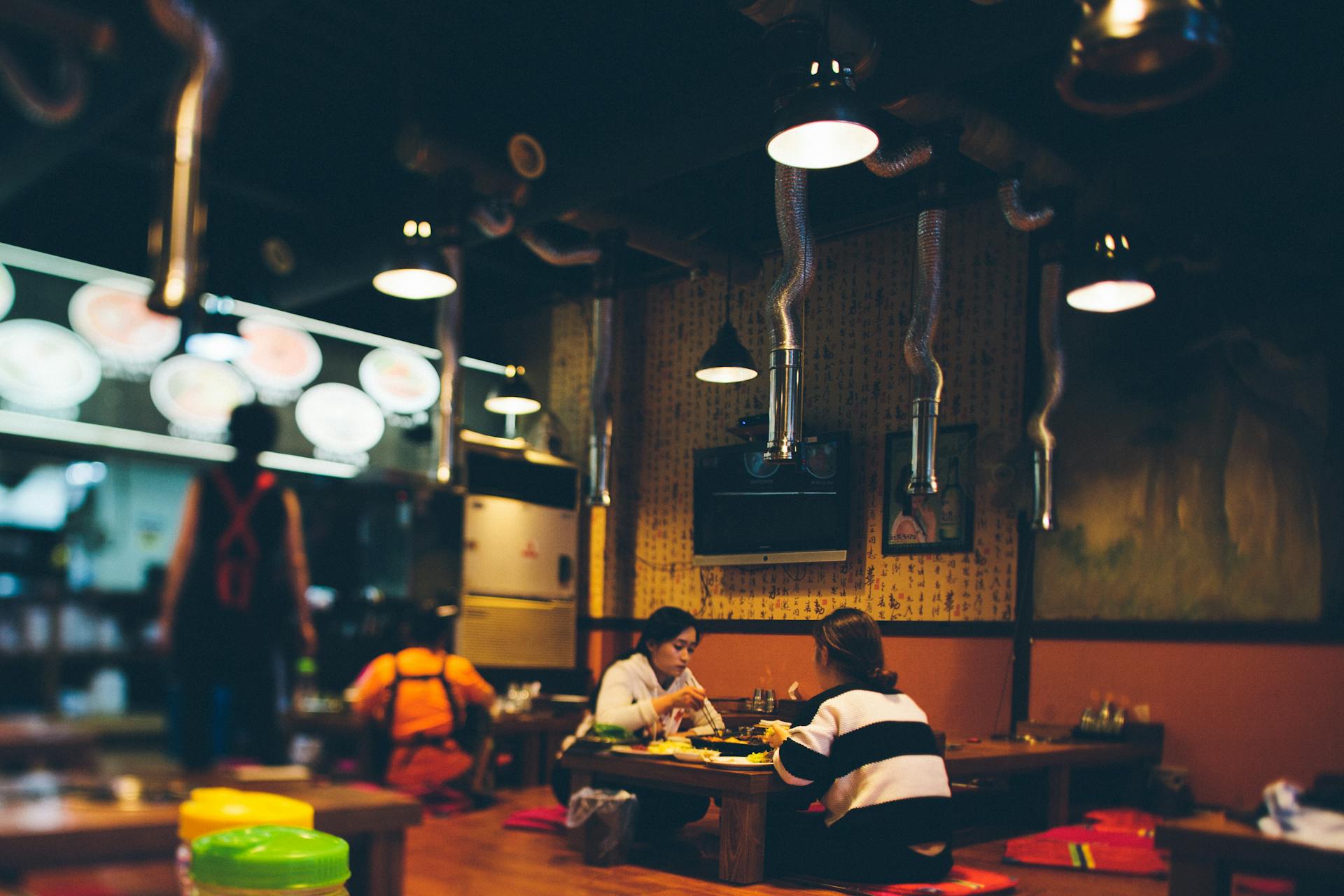
Dalmajigil Café Street is a long, beautiful and hilly coastal road line with cherry and pine trees, and features many cafes, restaurants, and galleries. It is perfect for a relaxing coastal drive through under the blooming cherry blossom trees when they are in season, with one side having modern restaurants, coffee shops and buildings, and on the other side the beautiful Haeundae beach with skyline.
Haeundae Blueline Park (Capsule Train)
Featuring the Haeundae Sky Capsule, a romantic four-seater automatic capsule train running a 2-kilometer rail from 7 to 10 meters above sea level along the coast, with the two stations at Mipo Station and Cheongsapo Station. Haeundae Blueline Park is a must-visit coastal park and destination that offers scenic views in South Korea.
Haeundae Beach & Nurimaru
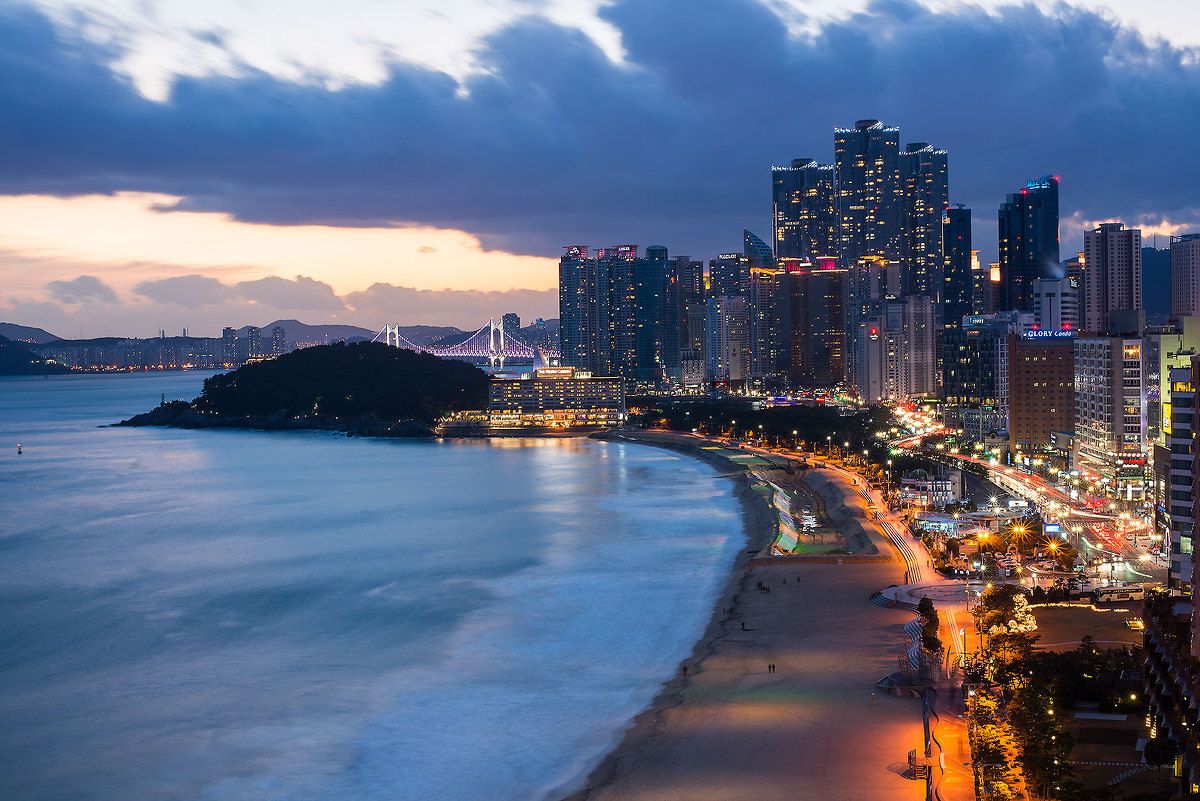
Haeundae Beach is a white sand beach about 1.5km long and 70-90m wide, being a popular holiday destination and the most famous beach in Busan. It is well-maintained, clean, and perfect for relaxation and taking long walks with the sound of the calm waves and spectacular views of the sunset or sunrise
The Nurimaru APEC House is an architectural beauty consisting of three stories and combining modern design and traditional Korean style. It was used in 2005 as the gathering place for the APEC (Asia-Pacific Economic Forum) Summit then hosted by Busan, with the name coming from the Korean words “Nuri” meaning world, and “Maru” meaning summit. Thus, the name “Nurimaru” means “the house where world leaders gathered. Nurimaru features two outdoor gardens on the ground level, conference rooms on the second floor, and the APEC Memorial exhibiting information about member economies and the history of APEC.
Oryukdo Skywalk
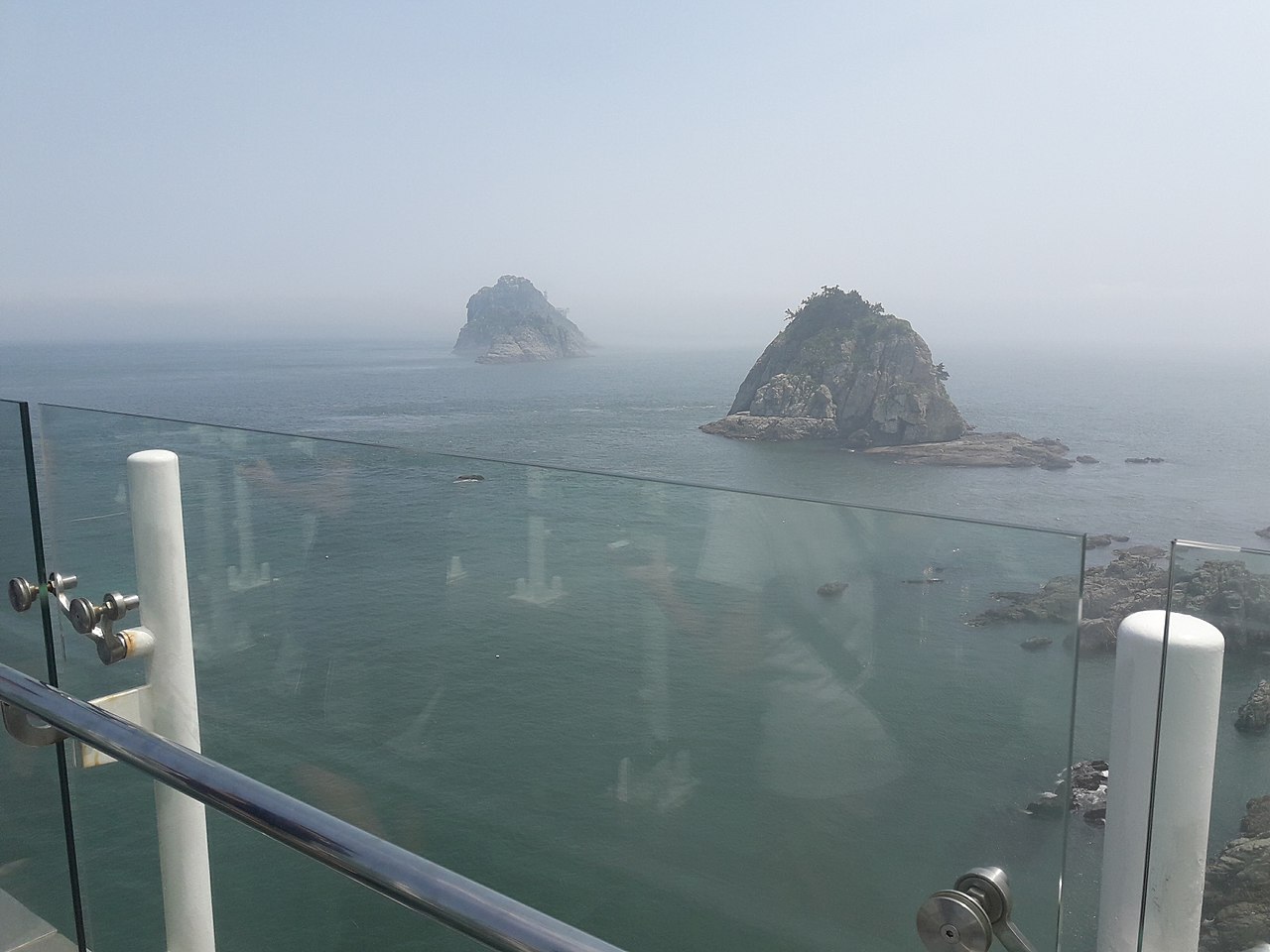
Oryukdo Skywalk opened in October of 2013. It is an observation deck with platforms made of glass floors offering a stunning view of the sea, and is located at the Seungdumal area which is regarded as the dividing point between the East Sea and the South Sea. Oryukdo Skywalk is another must-visit destination in South Korea for travelers seeking adventure and natural wonders.
Songdo Air Cruise
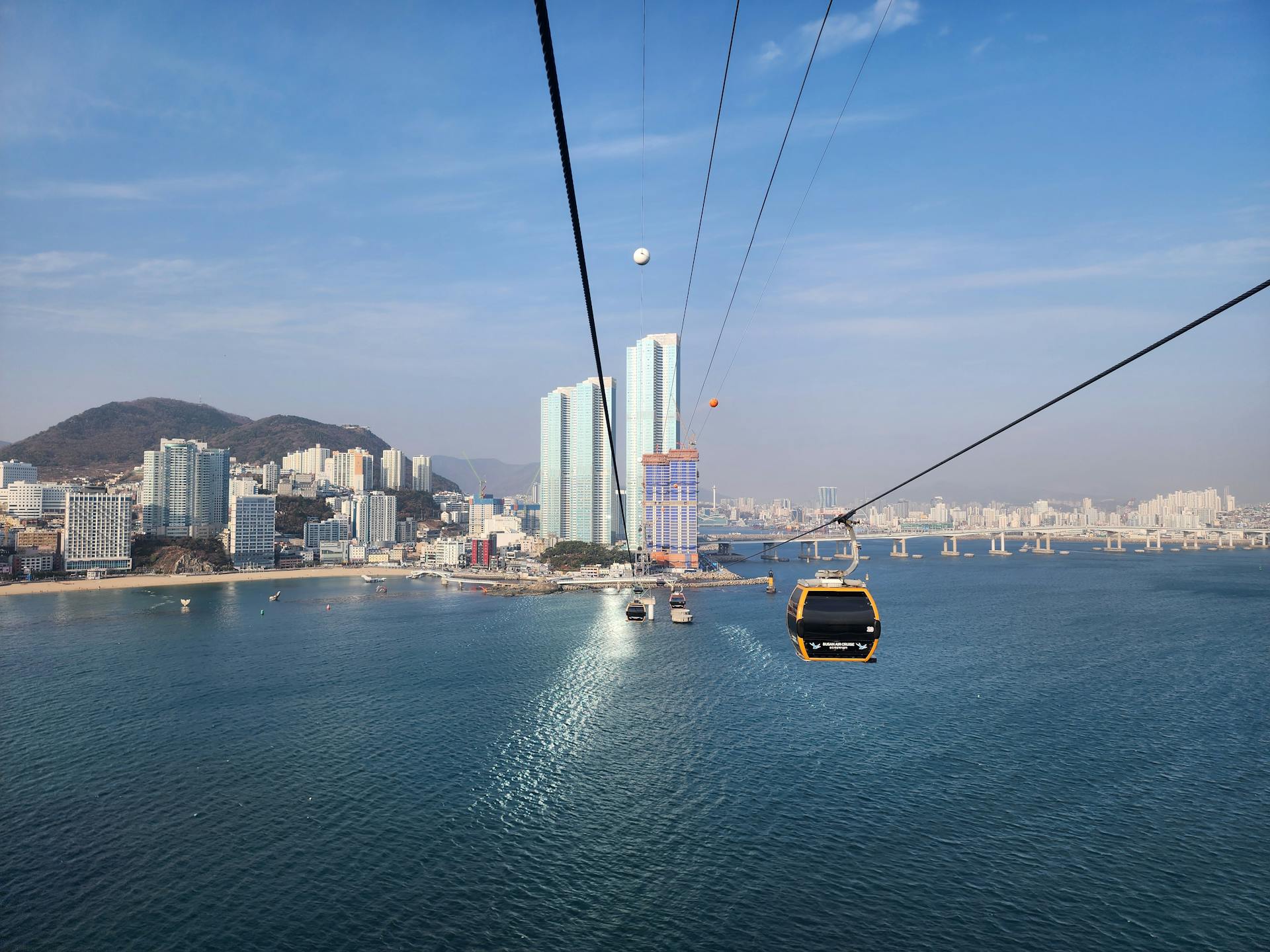
The Songdo Air Cruise in Busan, opened in June 2017, is an absolute must-do as it offers breathtaking views of the city and coastline while riding aboard a cable car (the almost totally transparent Crystal Cabin with transparent floors) traveling across the middle of the sea for 1.62km. Witness Busan’s iconic landmarks from above such as Songdo Beach, Yongdodaegyo Bridge, Namhangdaegyo Bridge, and more!
Gamcheon Cultural Village
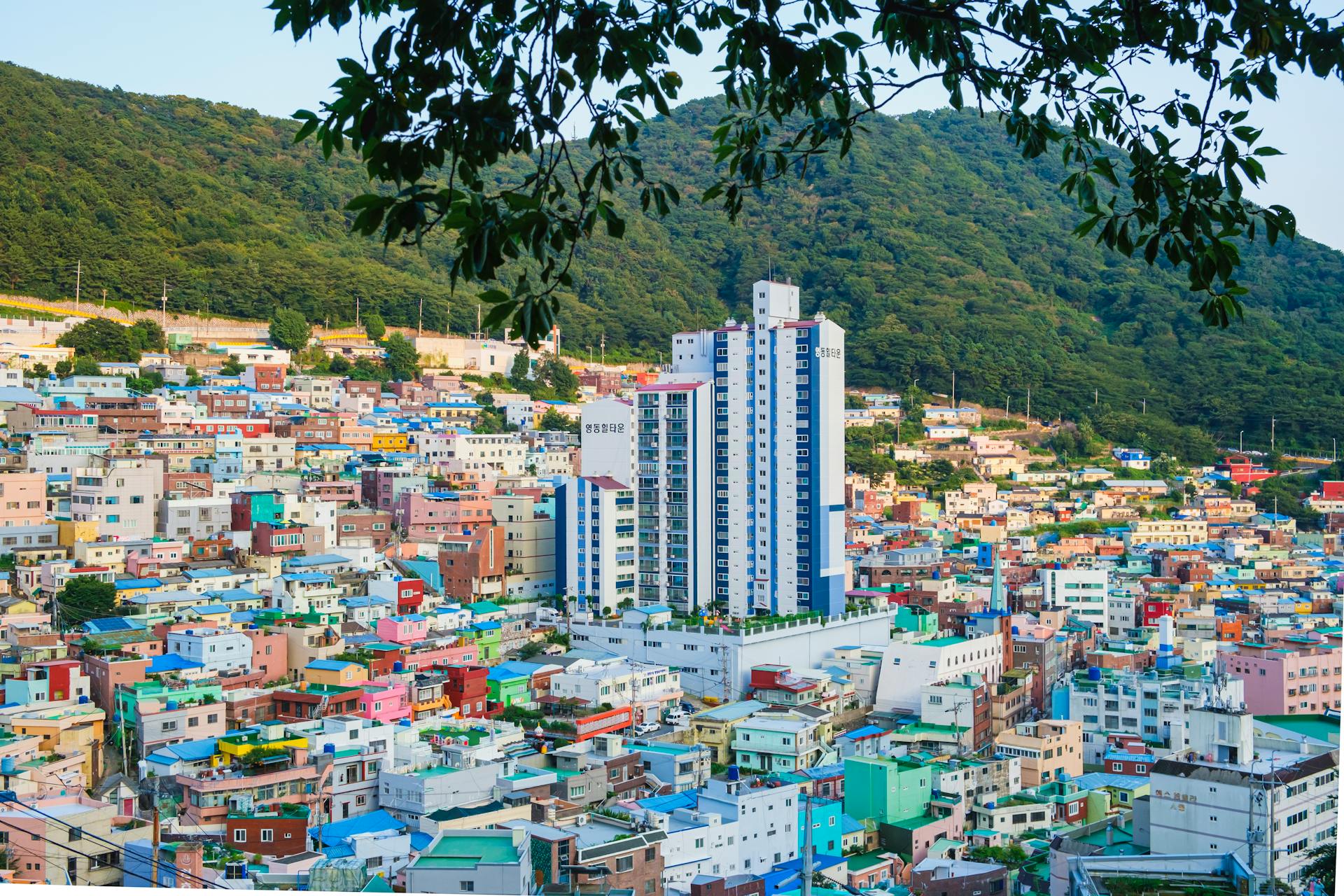
Gamcheon Cultural Village, first built during the 1920s and 30s, has been nicknamed “Korea’s Santorini” and the “Machu Pichu of Busan”. With brightly painted houses, layered streets, twisted labyrinth-like alleys, and peaceful atmosphere, it is one of the most featured tourist attractions in Busan. You can find art galleries, museums and shops in Gamcheon Cultural Village, making it a perfect stop for souvenir shopping.
Jagalchi Fish Market
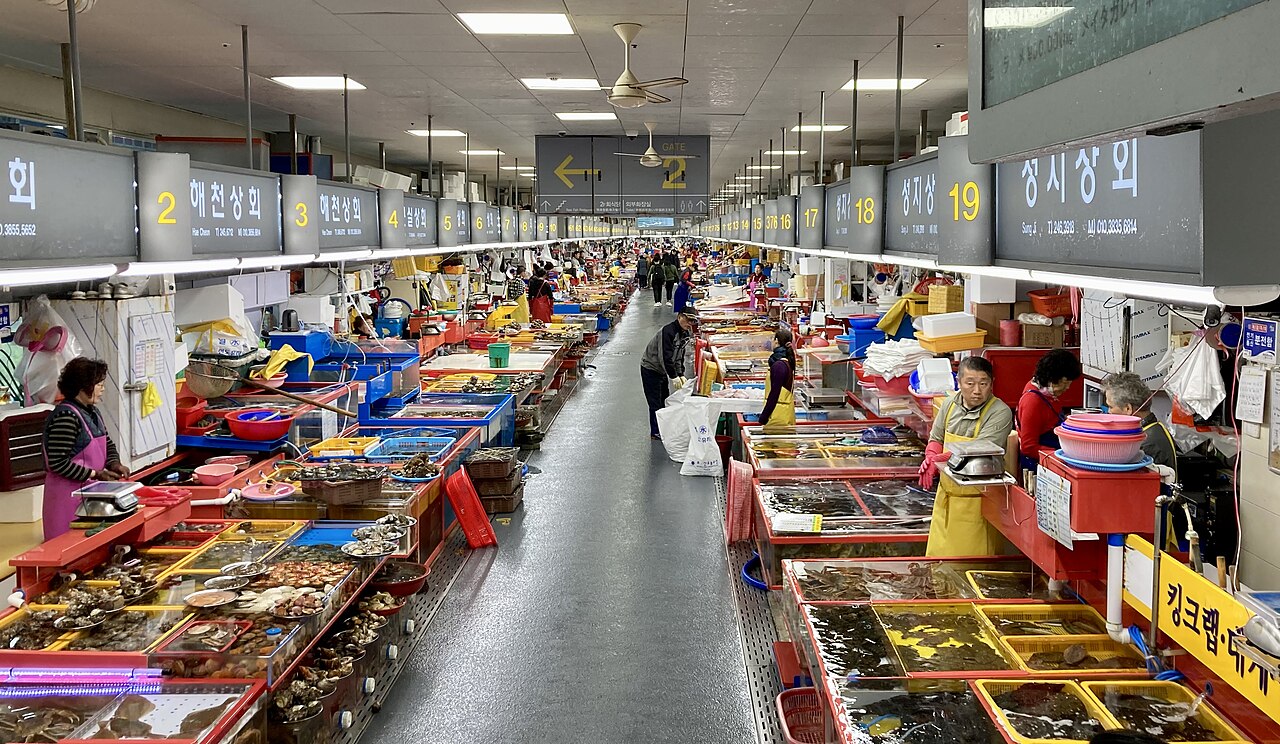
Jagalchi Fish Market is the largest fish market in South Korea, where you can buy all kinds of seafood like huge fish, shellfish, squid, octopus, shrimp, and more, freshly caught from the rich and abundant sea off the southern coast of Korea. Nearby, restaurants make use of freshly caught seafood to serve delicious dishes to hungry travelers wanting to enjoy a good lunch or dinner.
Gukje Market
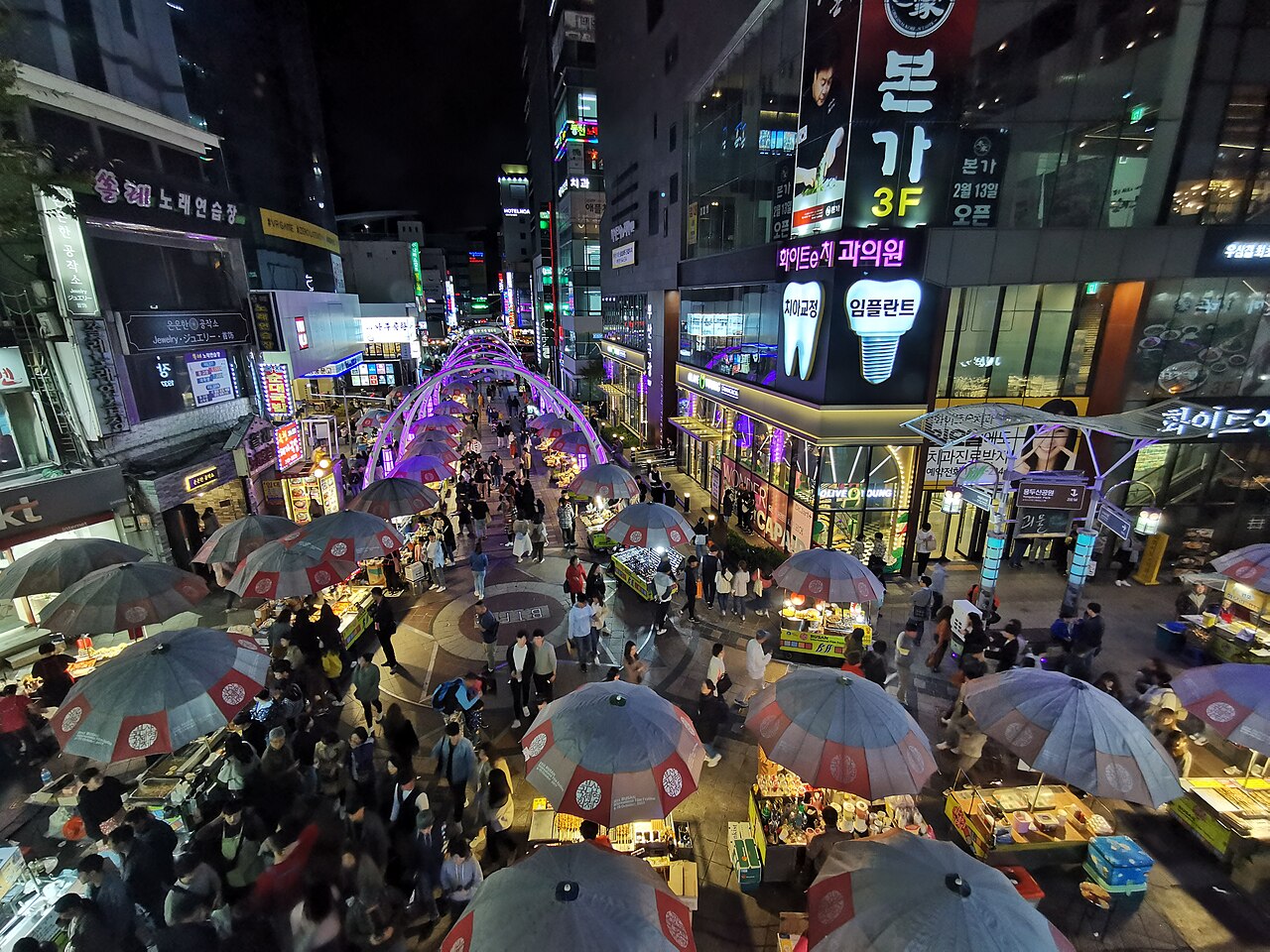
Originating in the 1950s, Gukje Market (“Gukje” meaning international) is a lively marketplace in the center of Busan with an assortment of shops and stalls for those who love to find good deals while shopping. While Gukje Market is quiet large, it is very well-organized and has designated zones for specific items. Visitors can find clothing, souvenirs, toys, utensils, furniture, food ingredients and more at Gukje Market. Should shoppers get hungry while walking around the market, there are also a variety of street food to enjoy at the stalls.
BIFF Square
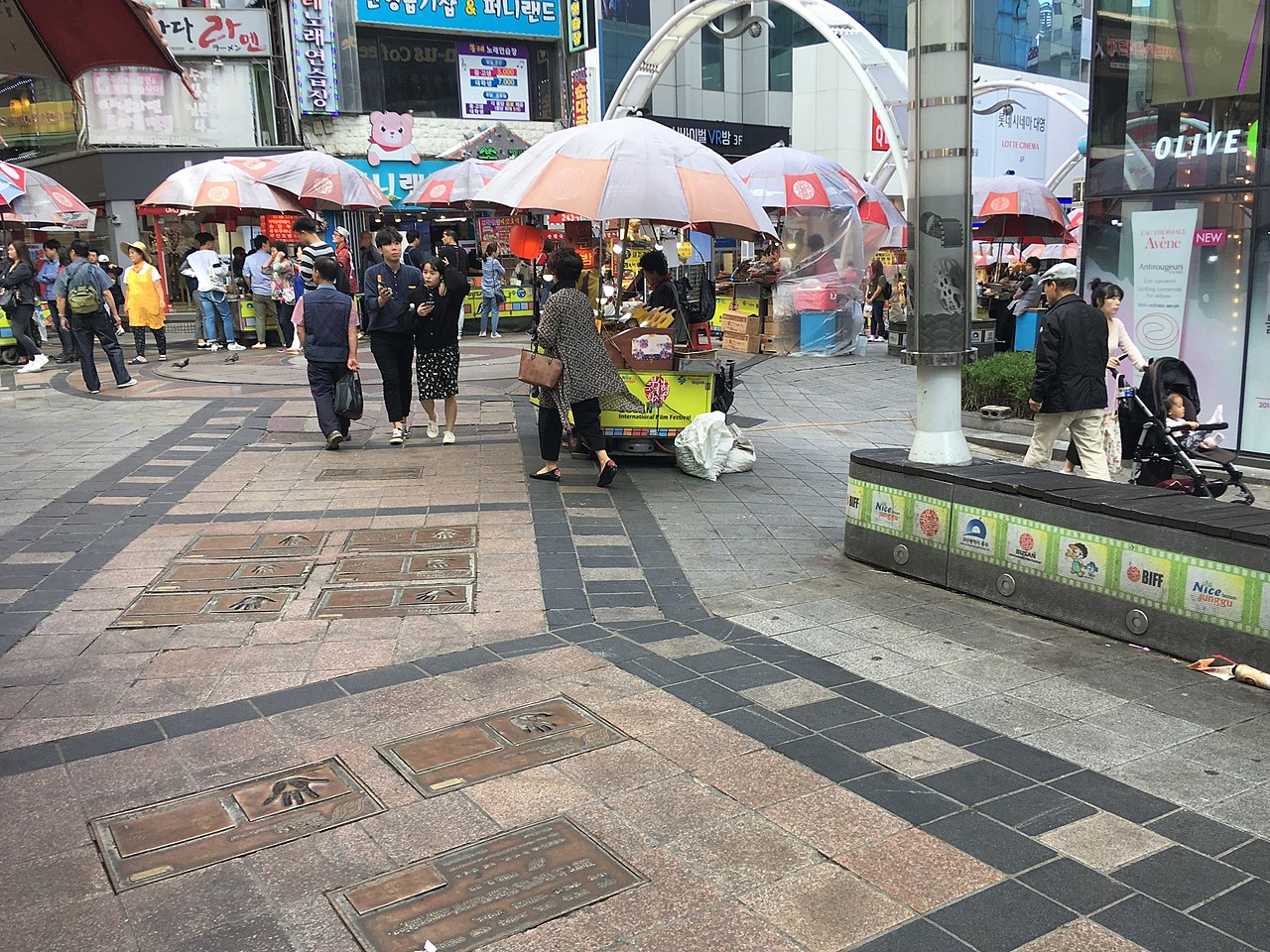
BIFF Square (with “BIFF” being an abbreviation for Busan International Film Festival) is the main venue of the Busan International Film Festival, being a cultural hub and the epicenter of Korean cinematic magic. It is also the place to go to try Busan’s famous sticky-sweet pancake, “Ssiat Hotteok”, a pancake that is filled with seeds and has been featured on famous Korean TV shows.
Jeju Island

Jeju Island is South Korea’s largest island, located off the southern coast from the main peninsula and a popular holiday destination with a subtropical climate. There tourists will find a UNESCO World Heritage Site, the Jeju Volcanic Island and Lava Tubes. This island is chock full of natural beauty and breathtaking landscapes, perfect for travelers seeking an adventure.
Cheonjeyeon Waterfalls
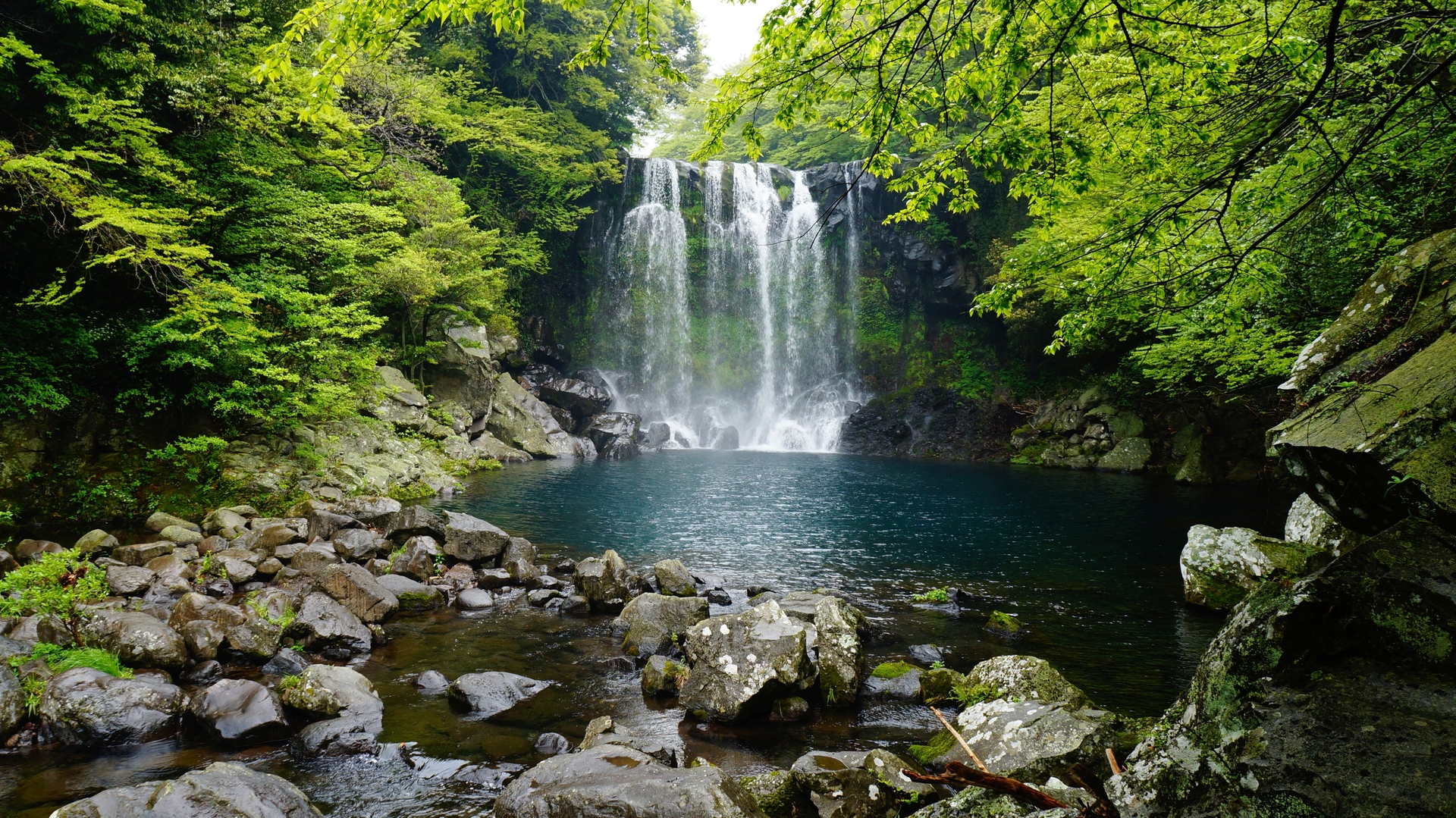
Cheonjeyeon Waterfalls, also known as “Pond of the Gods” or “Pond of the Emperor Heaven”, is a beautiful area where tourists can view three different waterfalls all in one place. Expect to spend around 45 to 60 minutes if you would like to visit all three waterfalls, taking into consideration the walking time and photo stops along the way.
Camellia Hill Botanical Garden
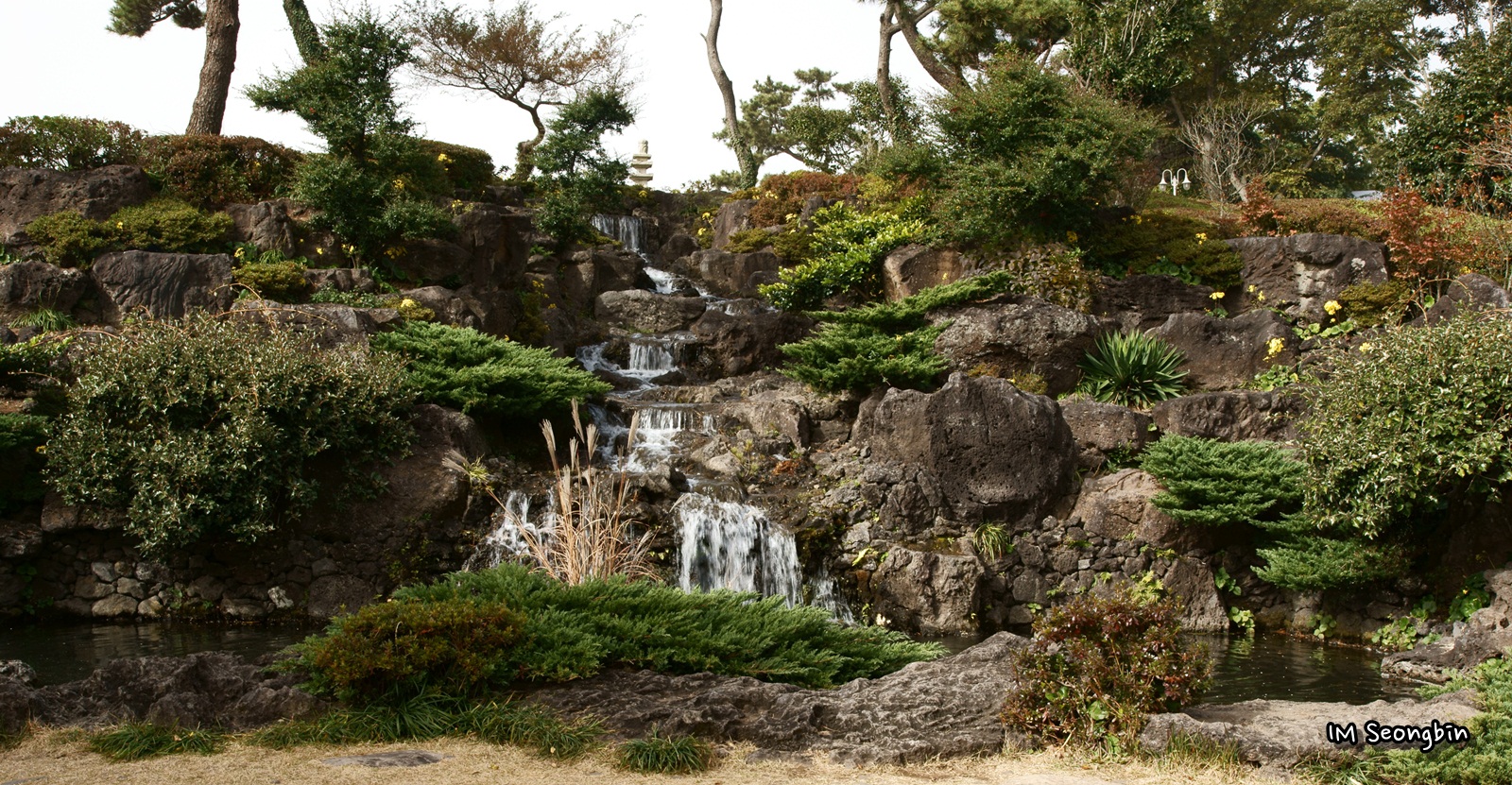
Jeju Island’s Camellia Hill Botanical Garden boasts an impressive collection of many species of camellia trees, including species known to produce the world’s largest and earliest blossoms. Not only that, but other trees and plants can be found in the garden, like palm trees, wildflowers, and more! At auxiliary facilities, there can also be found exhibitions of camellia-themed crafts, and a multipurpose seminar room.
O’sulloc Green Tea Museum
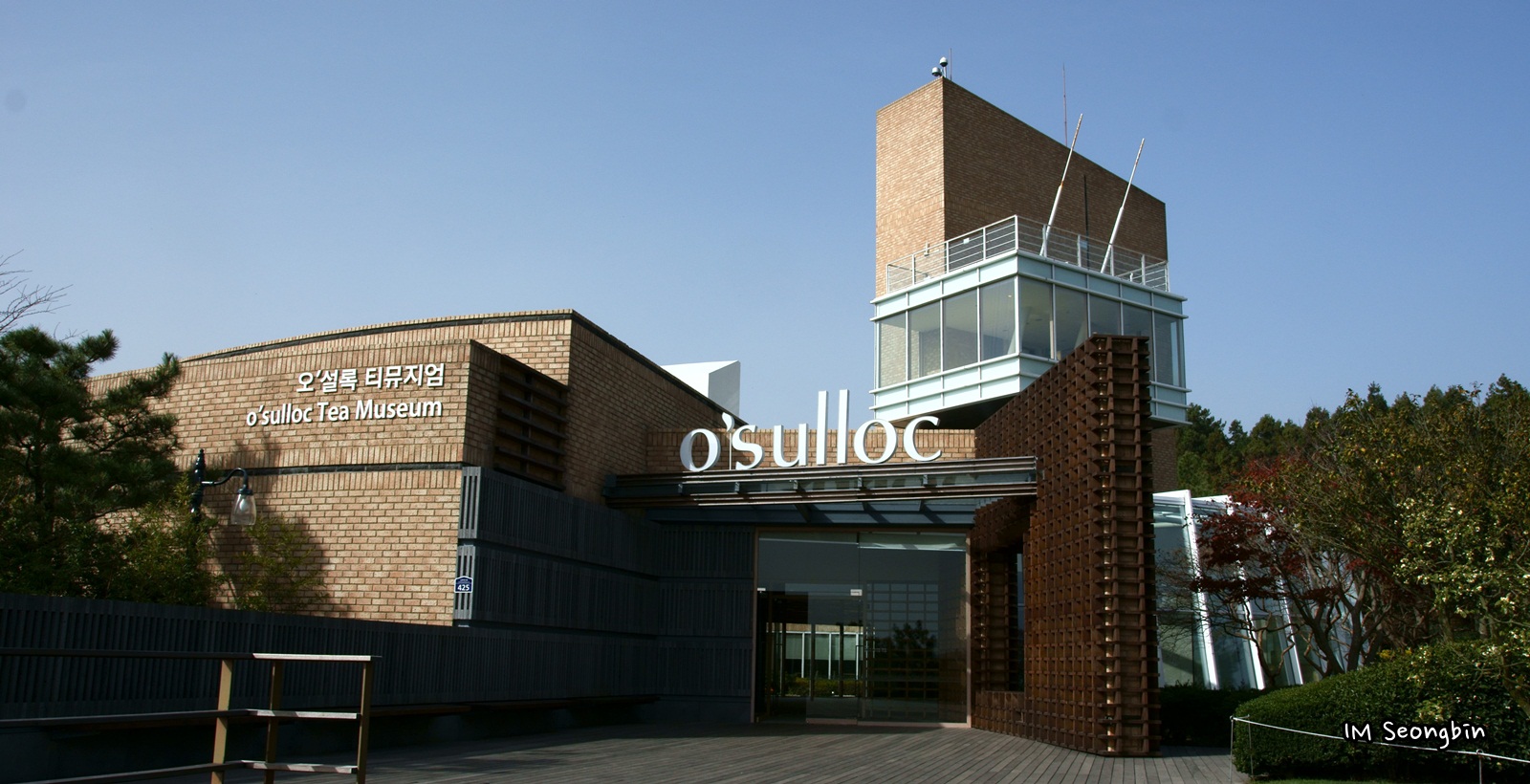
Found in the midst of the vast organic tea farm of Seogwang on Jeju Island is the O’Sulloc Green Tea Museum – Korea’s first tea exhibition, opened in September 2001 – where the rich history of Korean tea is showcased alongside the beautiful scenery of the tea farm. The color of the tea leaves is enhanced by the formation of many clouds and fog by the nearby Hallasan Mountain, the tallest mountain in Korea.
Hyeopjae Beach
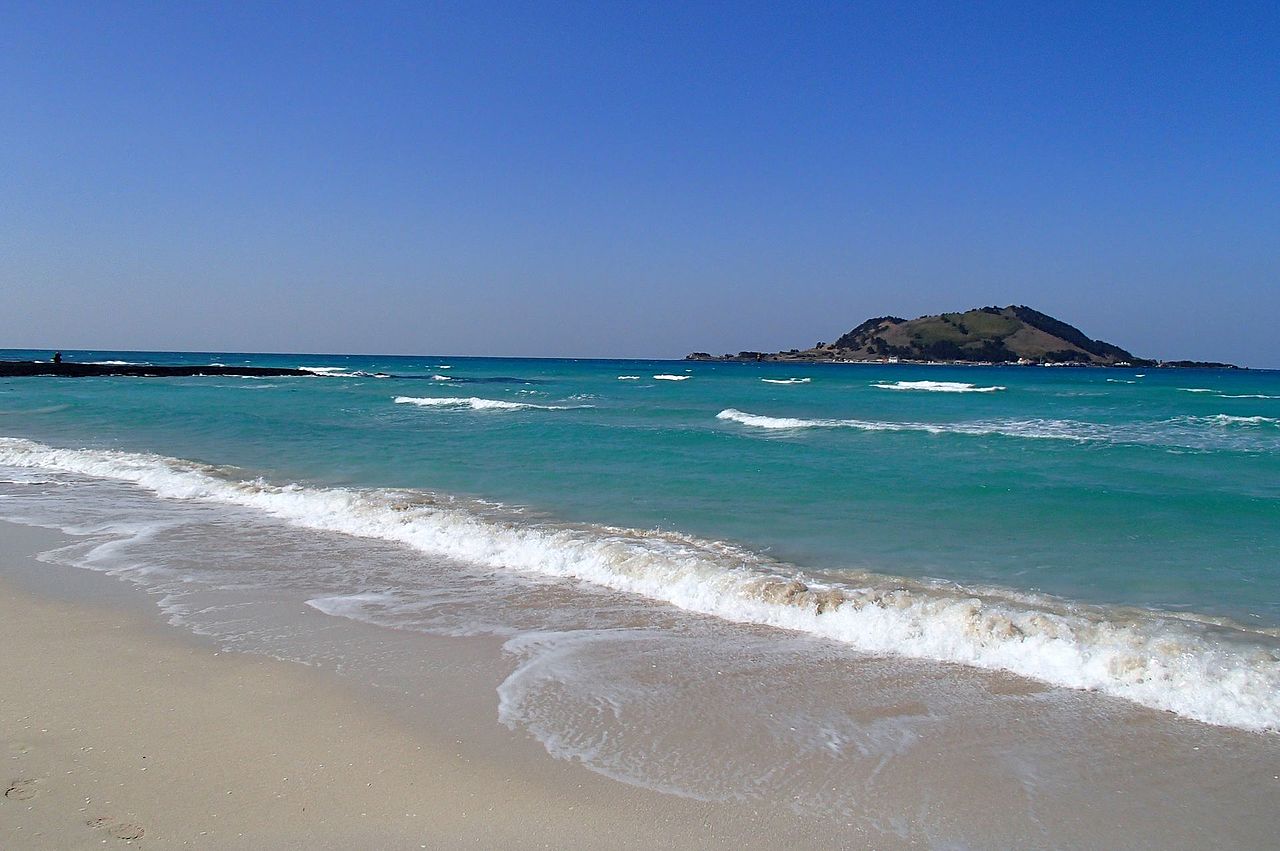
Hyeopjae Beach, a 9 km long beach located on the far western shore of Jeju Island, is a beautiful beach featuring smooth white sand, shallow translucent waters, a gentle slope ideal for swimming, and encircled by lush pine forests. It is a popular destination for summer holidays and honeymooners, and receives relatively less visitors compared to the other famous beaches of South Korea.
Manjanggul Cave
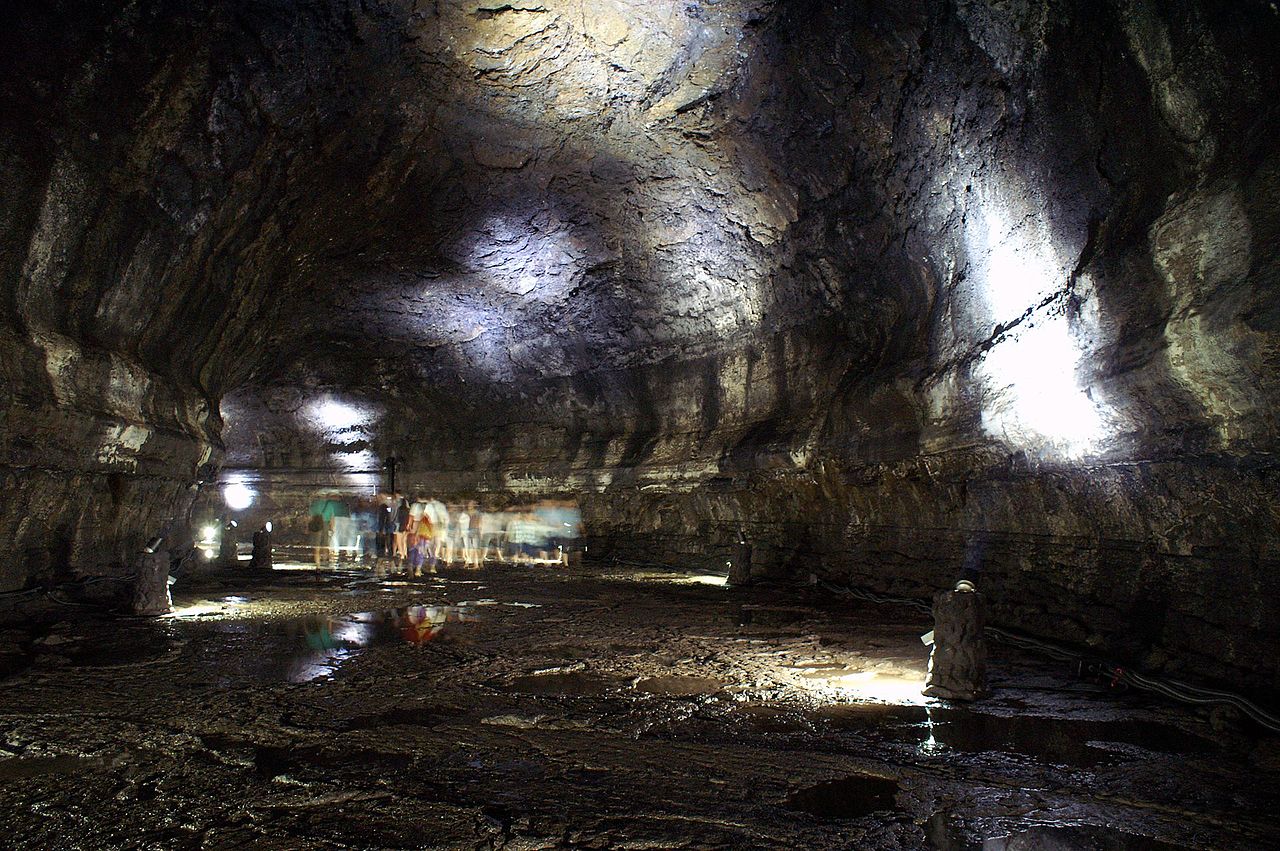
Manjanggul Cave, or Manjanggul Lava Tube, is a National Geopark in South Korea’s Jeju Island, and is one of the largest lava tubes in the worlds, being formed over one hundred thousand years ago and yet having well-maintained formations, making it one of the most valuable sites for science and conservation studies. The section open to tourists, being only 1 kilometer long, includes lava tube and cave topographical features like stalactites, stalagmites, and stone pillars, with the 7.6-meter-tall stone pillar at the end of the section having been recorded as the largest in the world.
Eco Land Theme Park
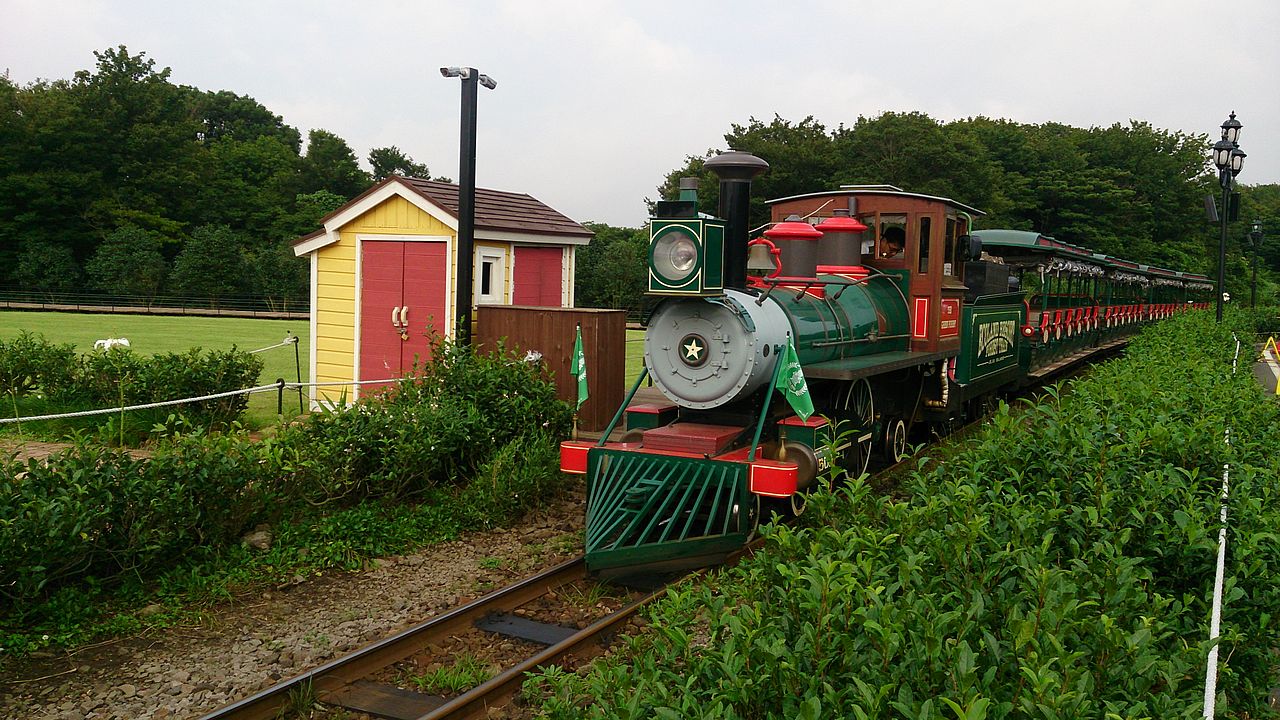
The Eco Land Theme Park in Jeju Island is in Gotjawal Forest, filled with tall trees and over 300 species of native plants. A train that harkens back to the 1800s steam-powered Baldwin train – the Lincoln Train – is available for visitors to explore the park, and there are many spots to enjoy including Eco Bridge, Eco Windmill, Picnic Garden, Kid’s Town, Eco Road, Bare Foot on Scoria, Floating Café, and topiary artworks.
Seongsan Sunrise Peak (Seongsan Ilchulbong)
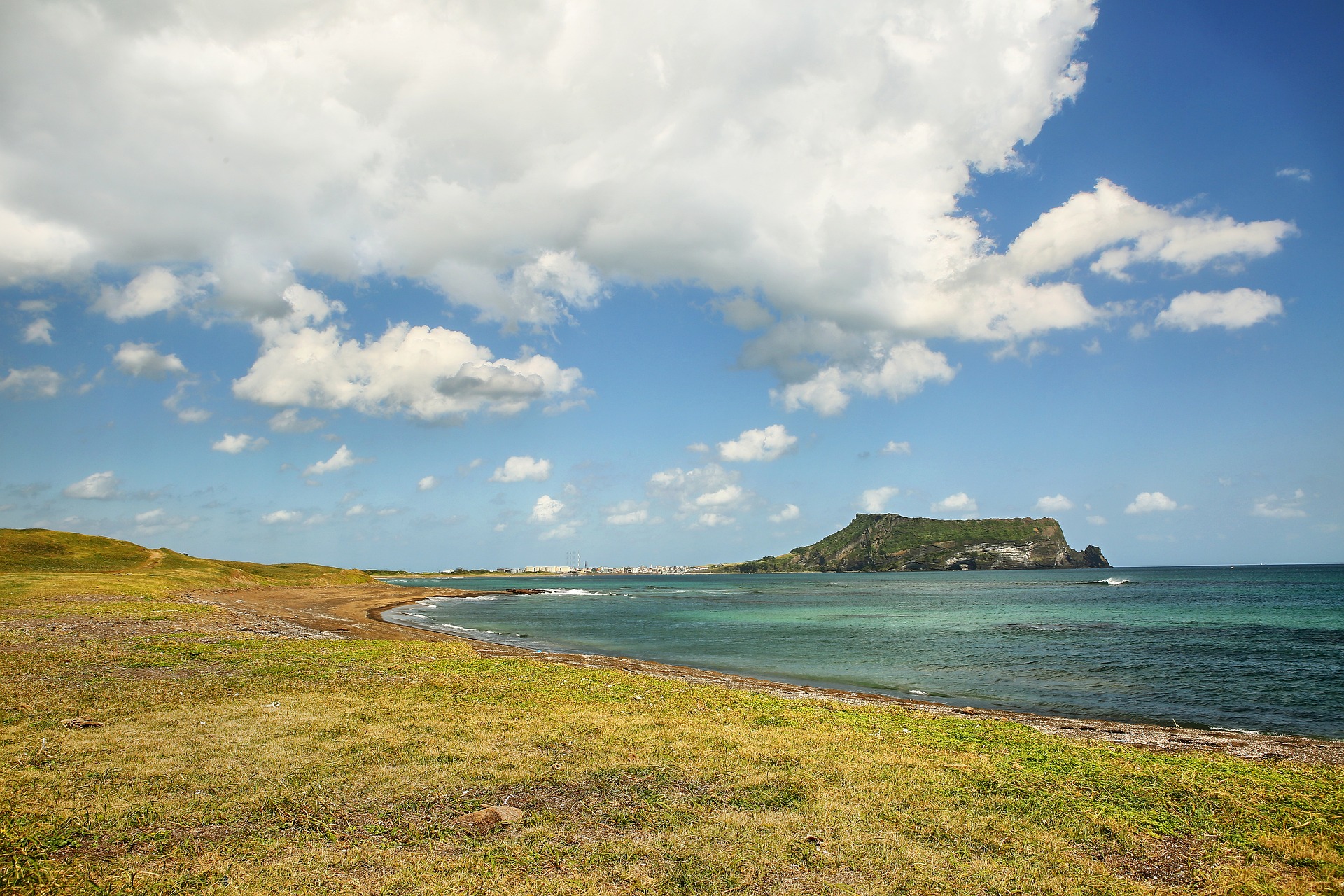
Seongsan Ilchulbong, otherwise known as Seongsan Sunrise Peak, is a UNESCO Natural World Heritage Site and a 182 meters high volcano with a volcanic crater at the top, situated on the eastern side of Jeju Island. It is one of South Korea’s most beautiful tourist destinations and is the best spot on the island to see the first sunrise of the year, due to it being the easternmost mountain on Jeju. A wooden deck staircase can be used by tourists to ascend to the top of the mountain, an effort that reportedly takes up to 30 minutes.
Tangerine or Strawberry Farm Picking Experience
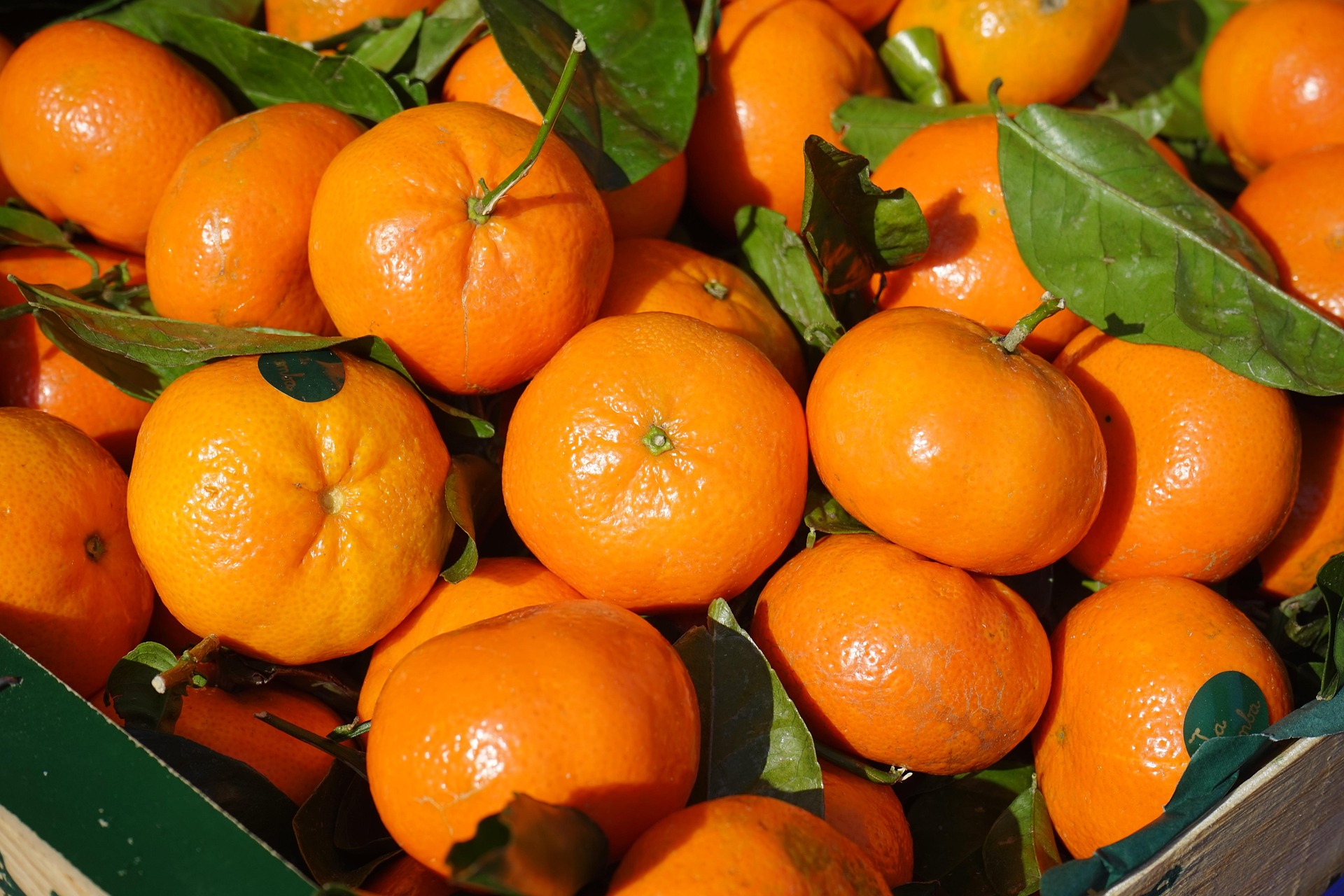
Picking tangerines or strawberries is one popular tourist activity in Jeju, where there are a good number of tourist-friendly tangerine and strawberry farms that welcome visitors, such as: Odeung Gamgyul Orange Farm, Hyosung Farm Hallabong Experience, Baengnokdam Farm, and Dongsan Farm. At these farms, each person is given a pair of gloves to protect their hands, and often also a pair of pruning shears to cut the twigs, and you can eat an unlimited number of tangerines or strawberries while you’re on the farm.
Conclusions
South Korea is a beautiful country with a rich history, keeping one foot in tradition while also spearheading technological development as well as cultural domination in the global stage. It is a country worth visiting for any traveler, and this article should give you plenty of ideas for where to go and what to visit when you are in South Korea.
Contact Us
For more information, please contact us.
Email:
Mobile: +974 5025 0208
Landline: +974 4435 4777


